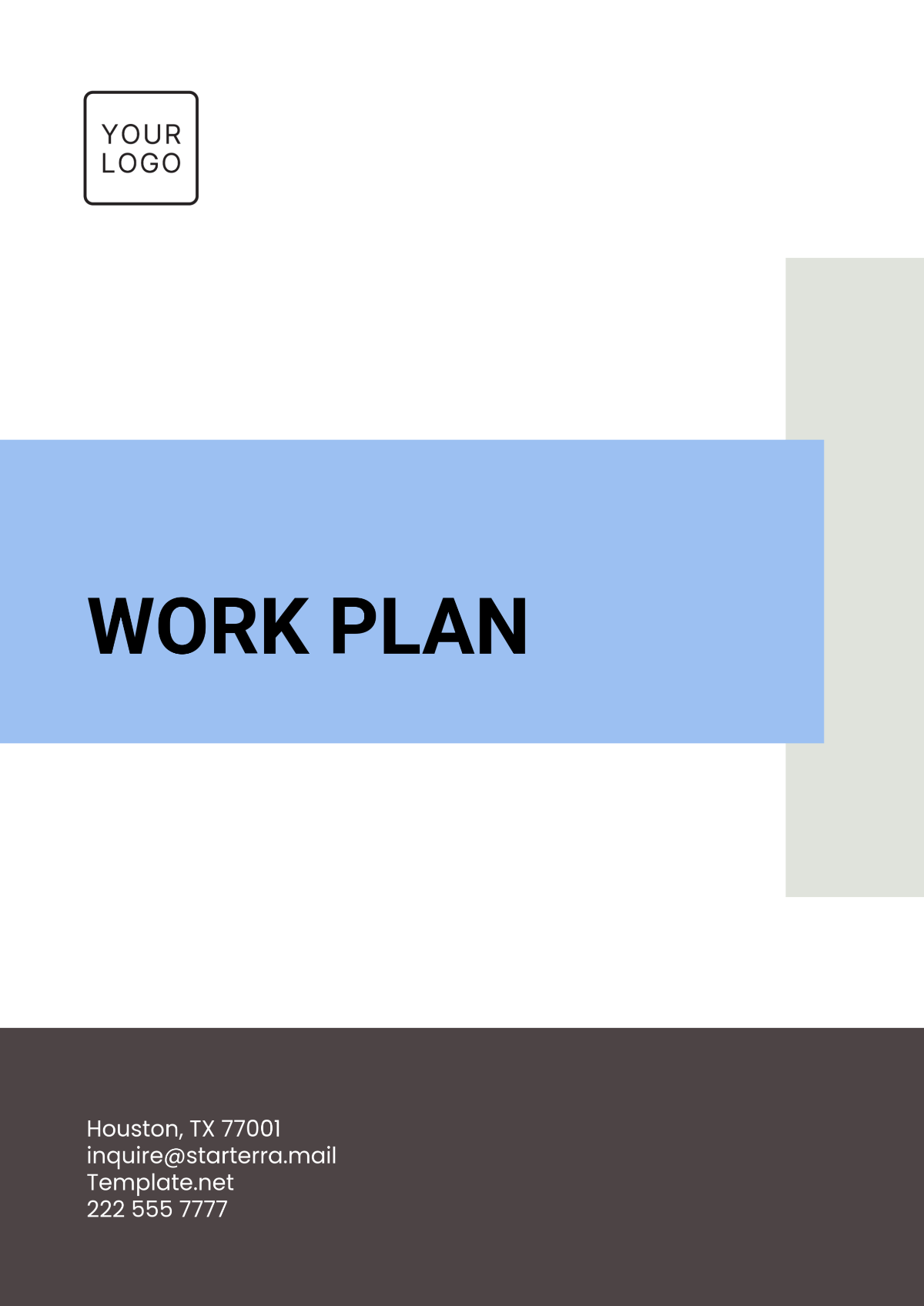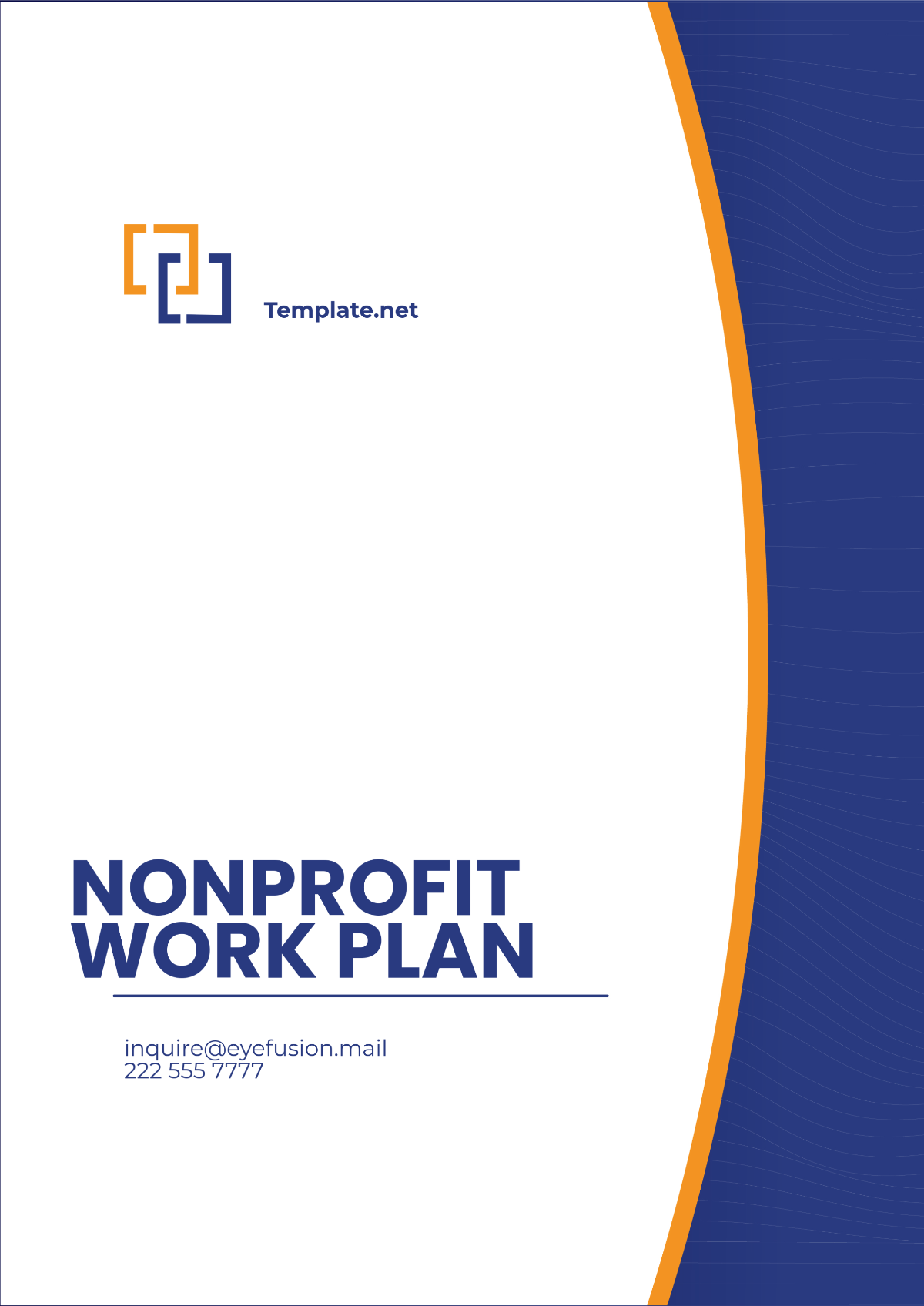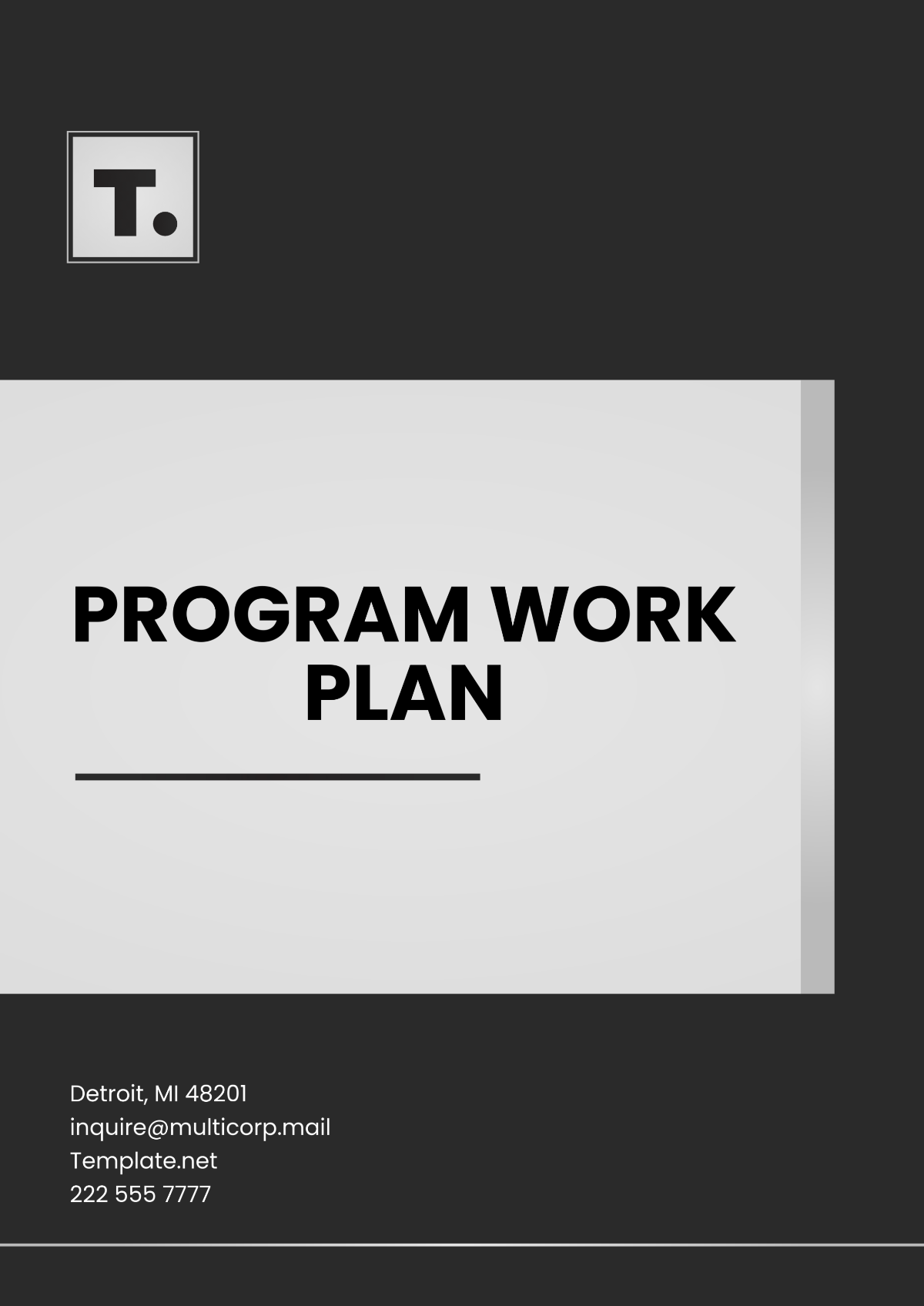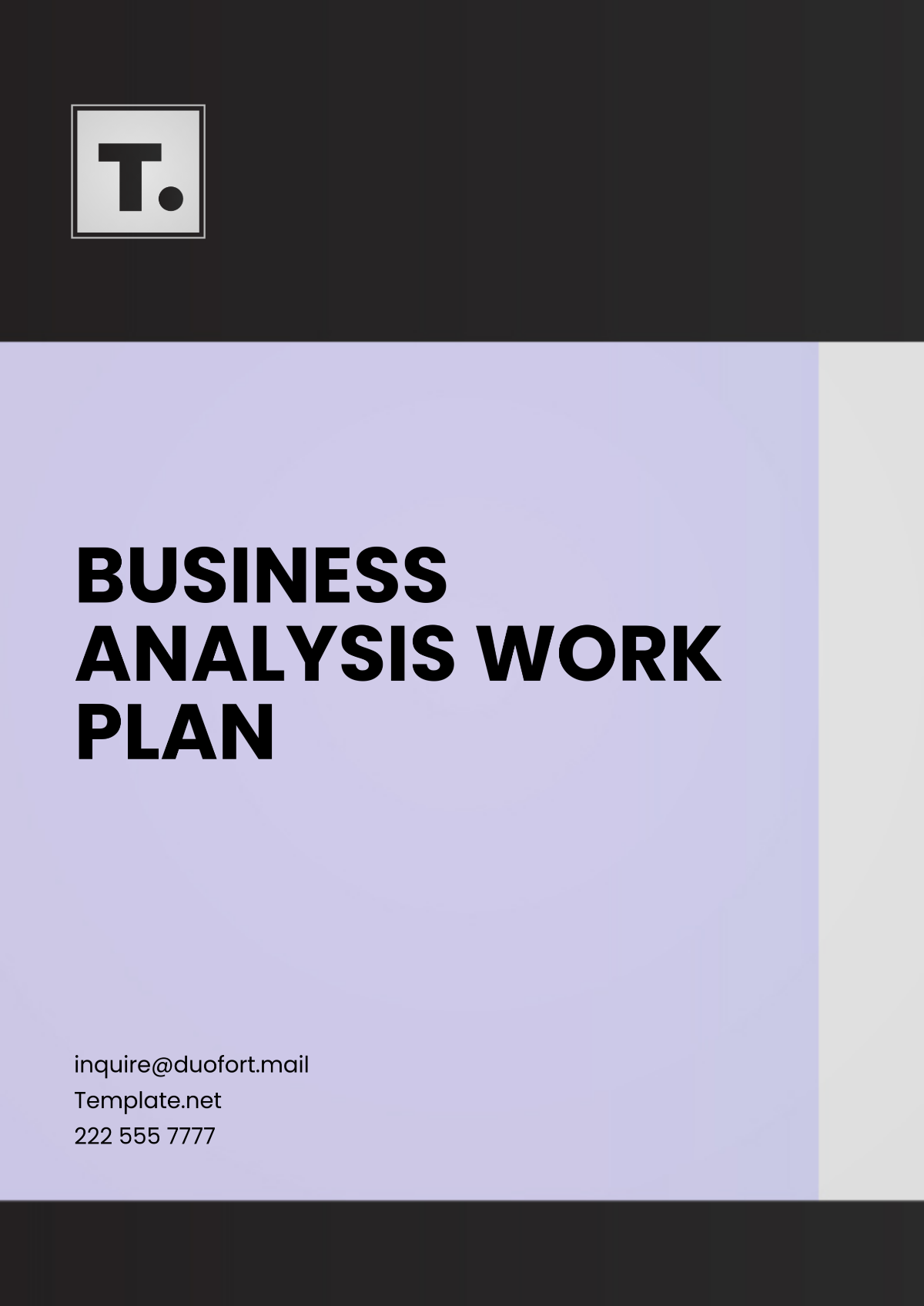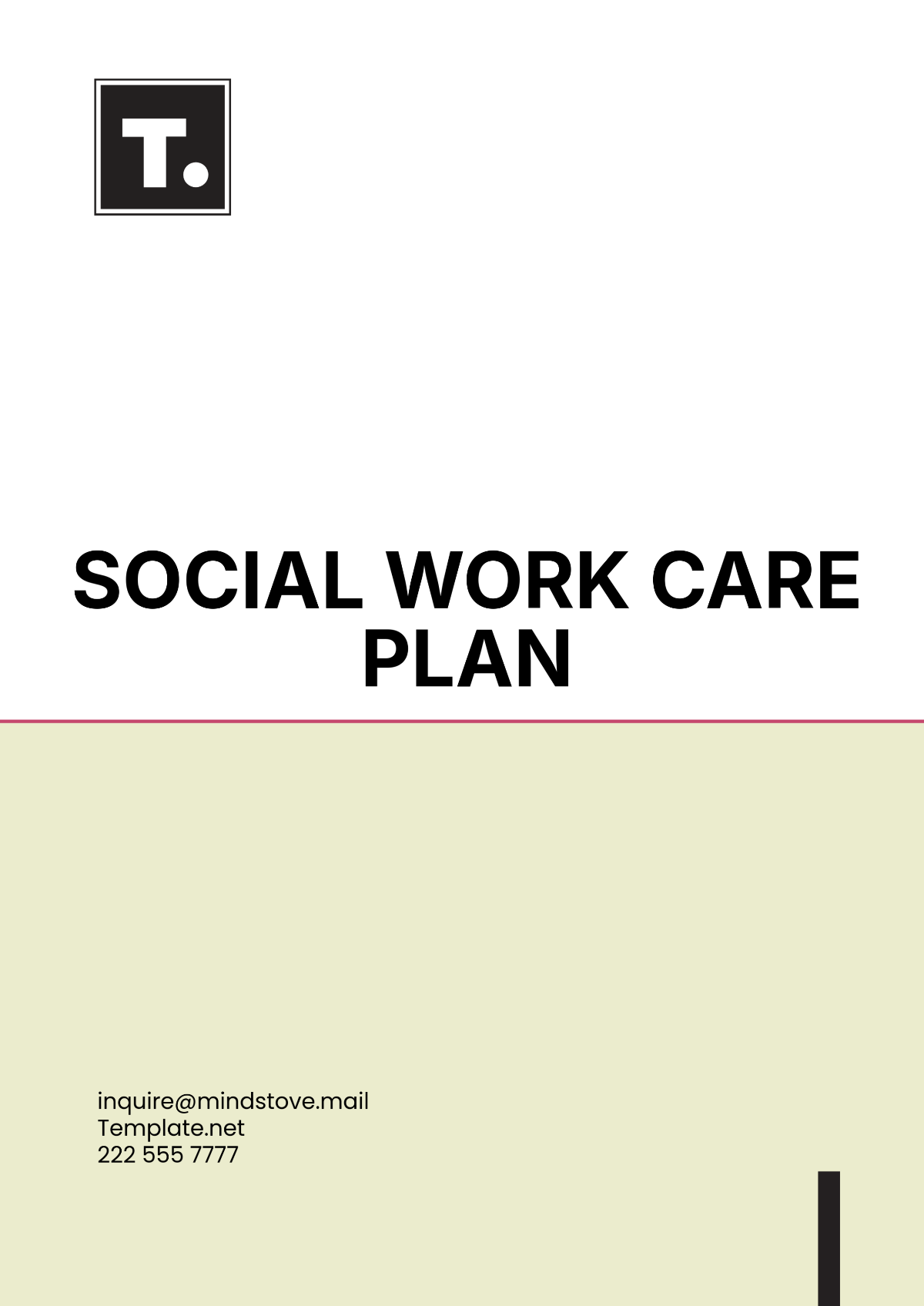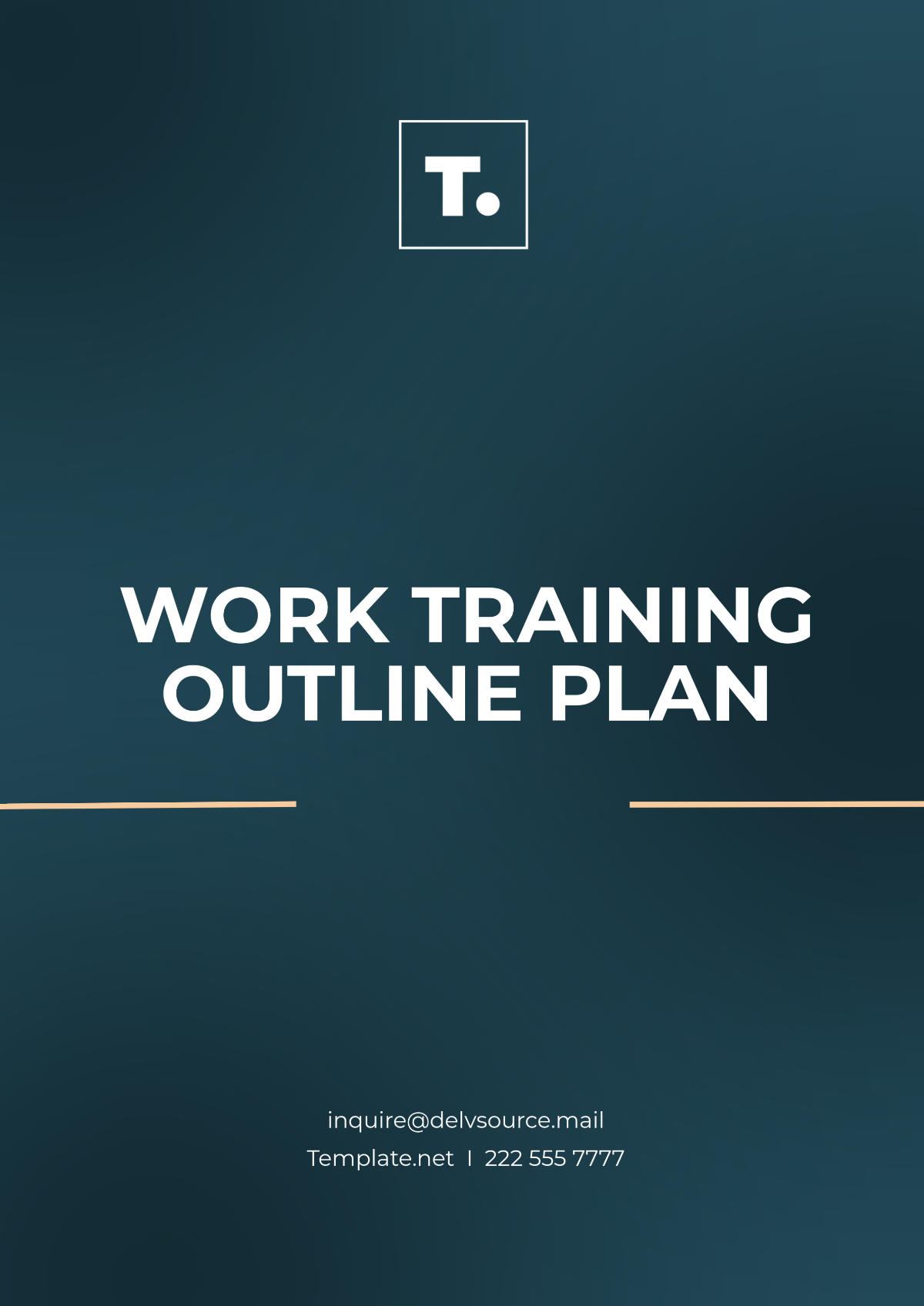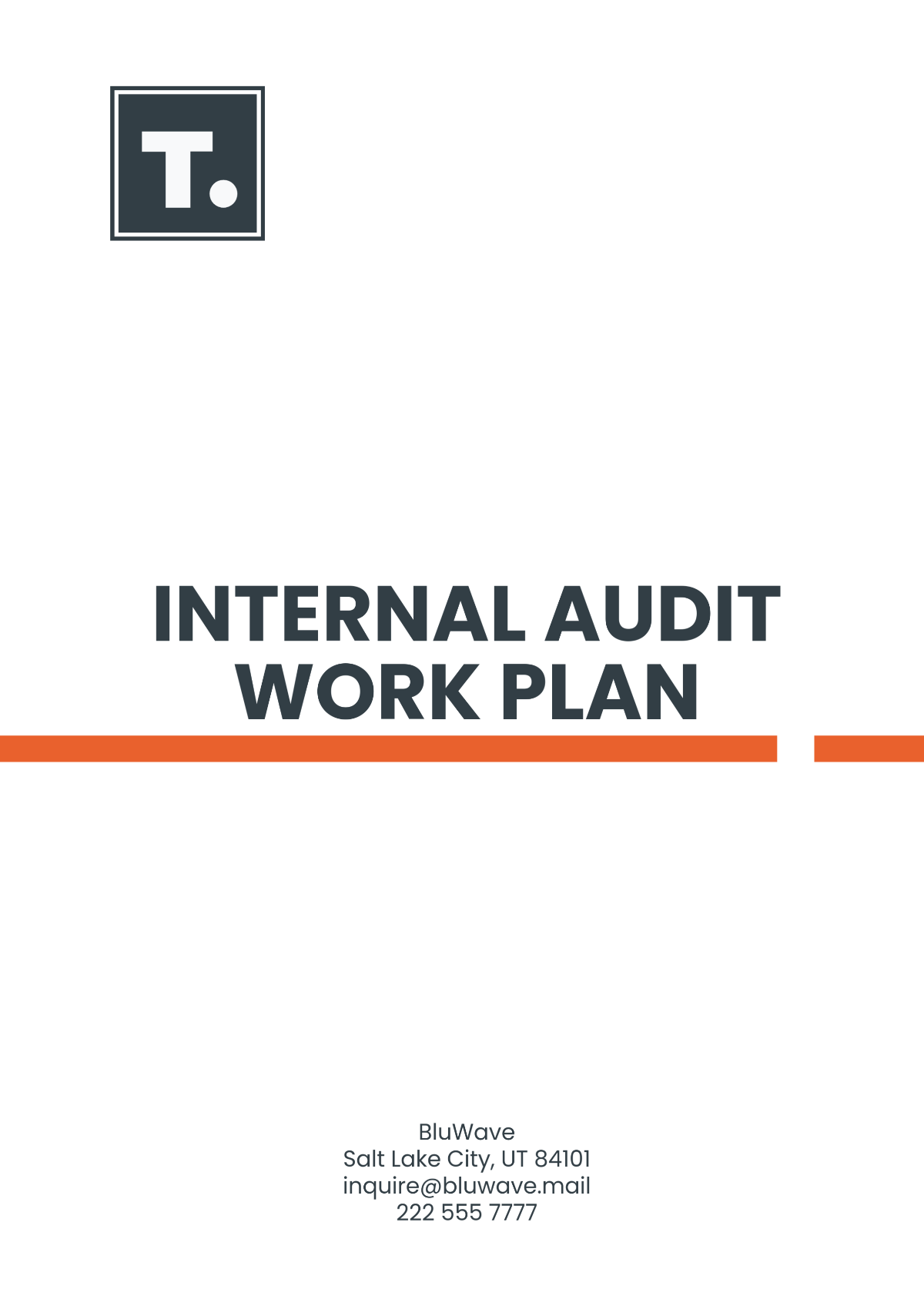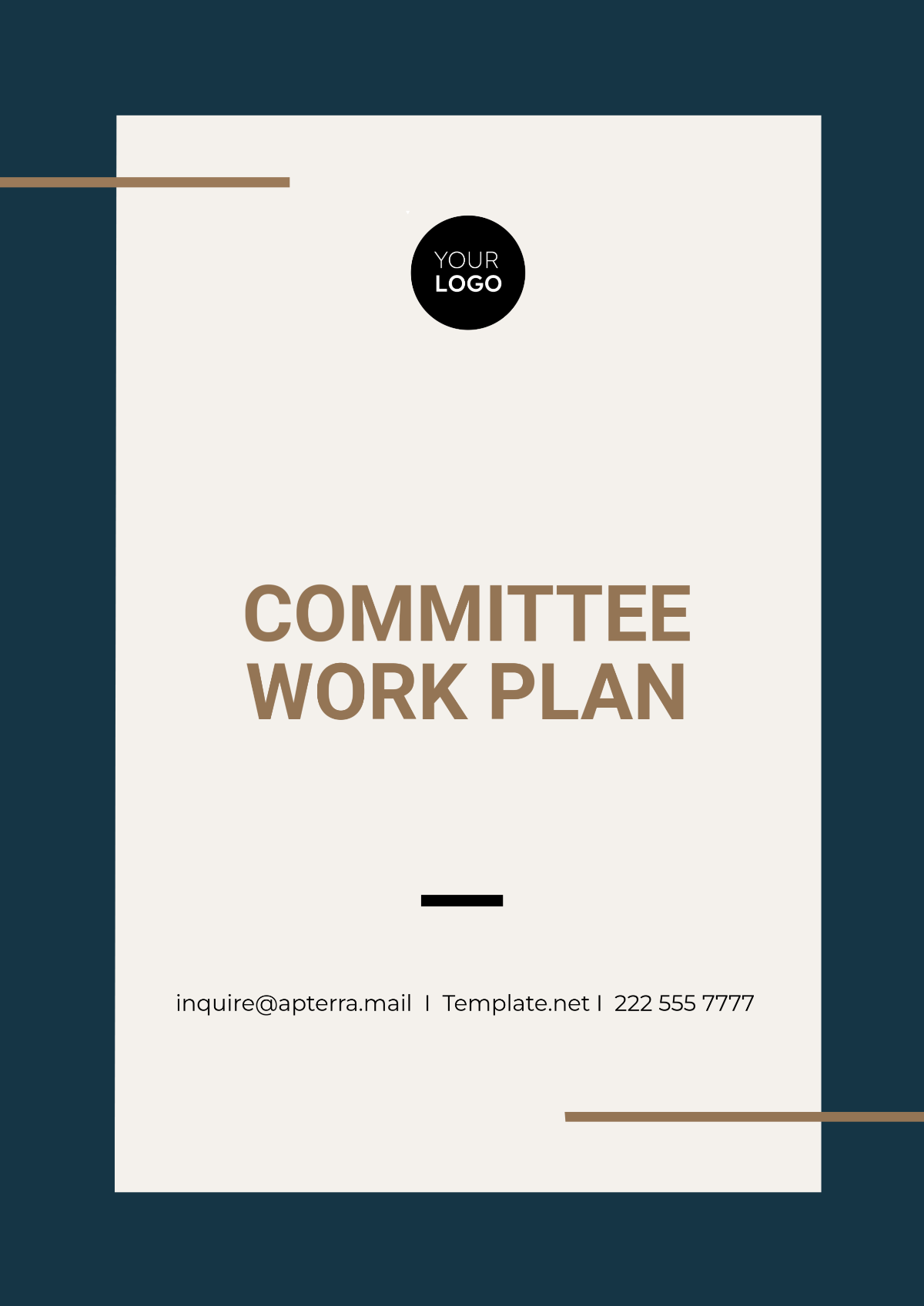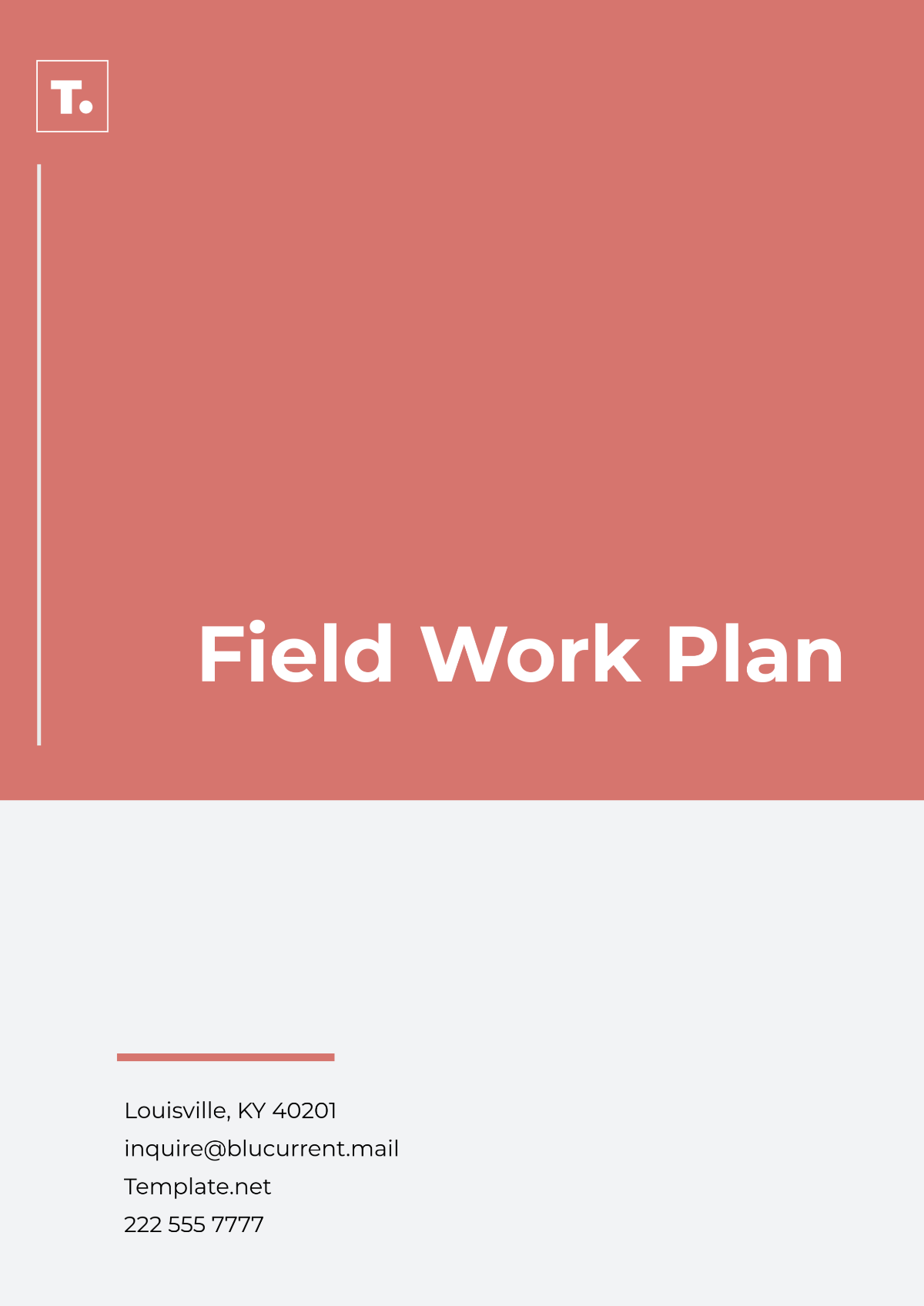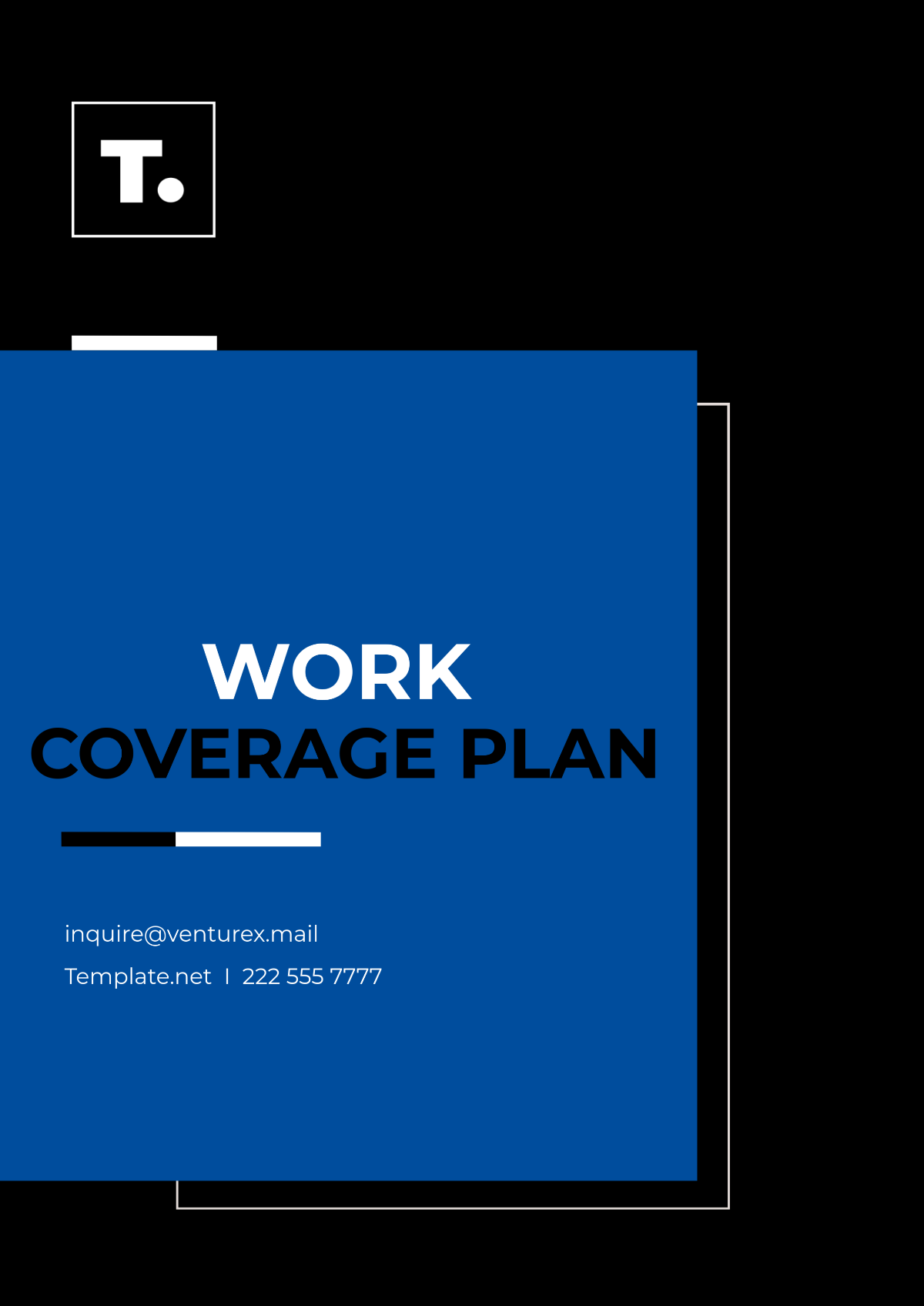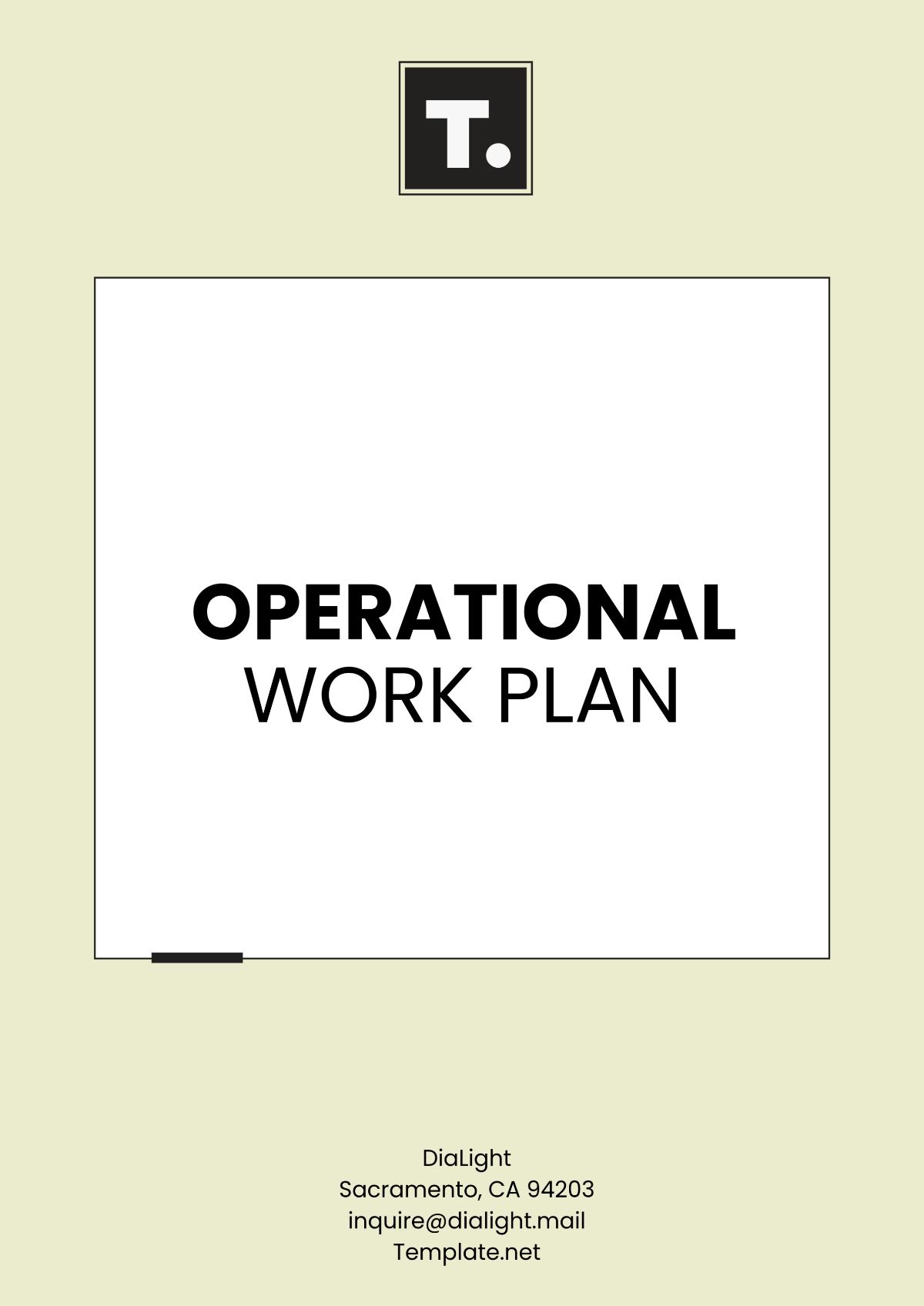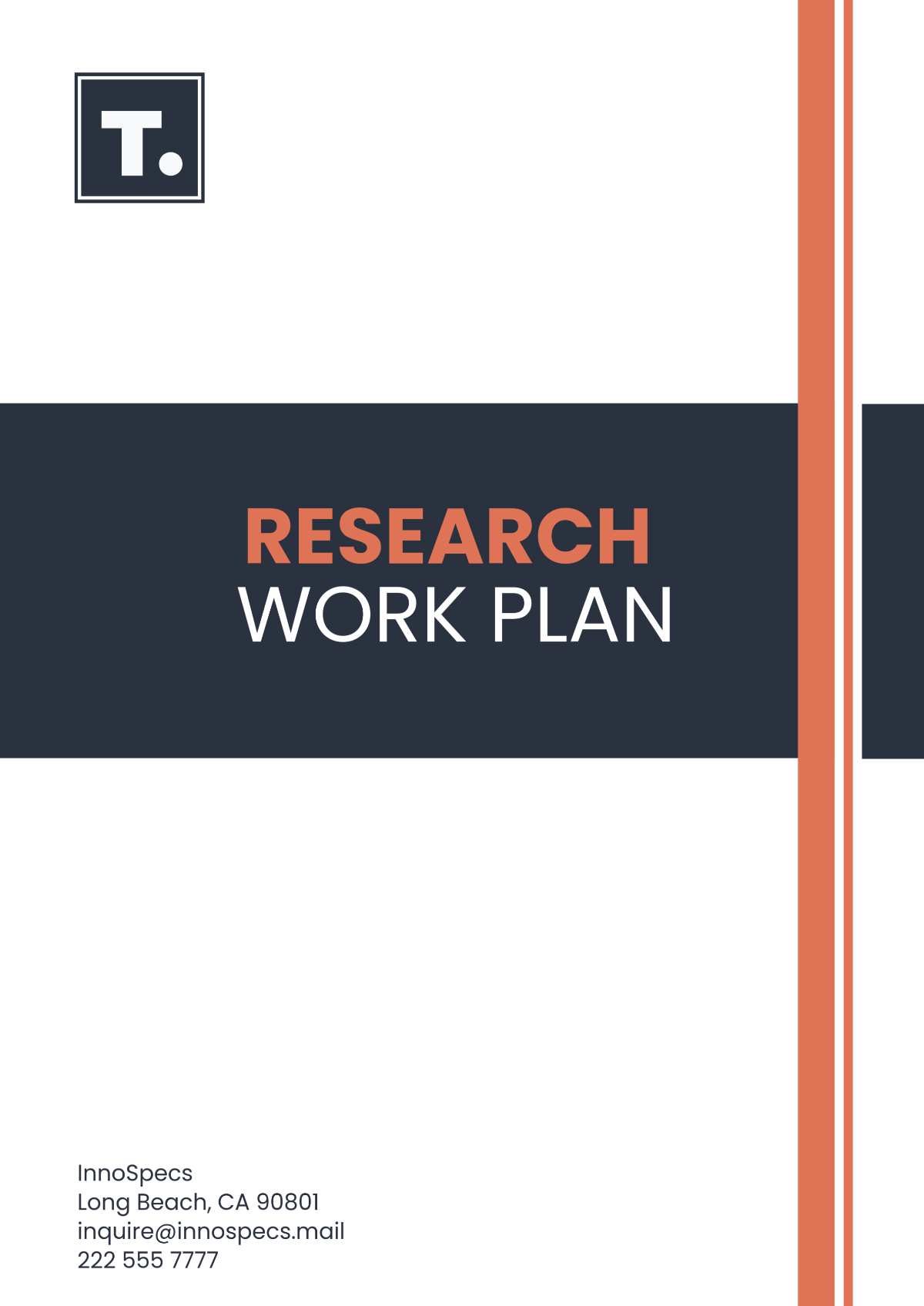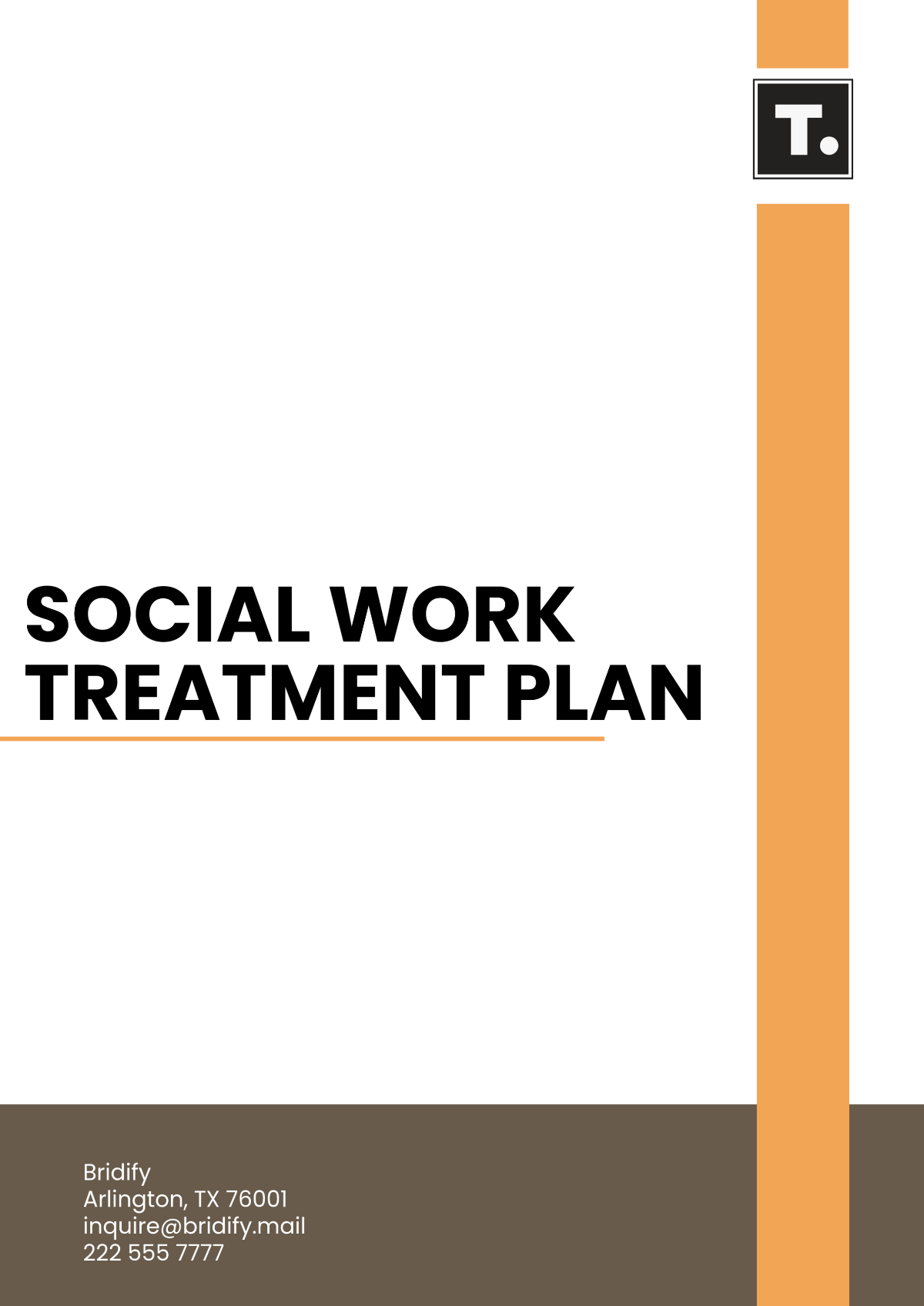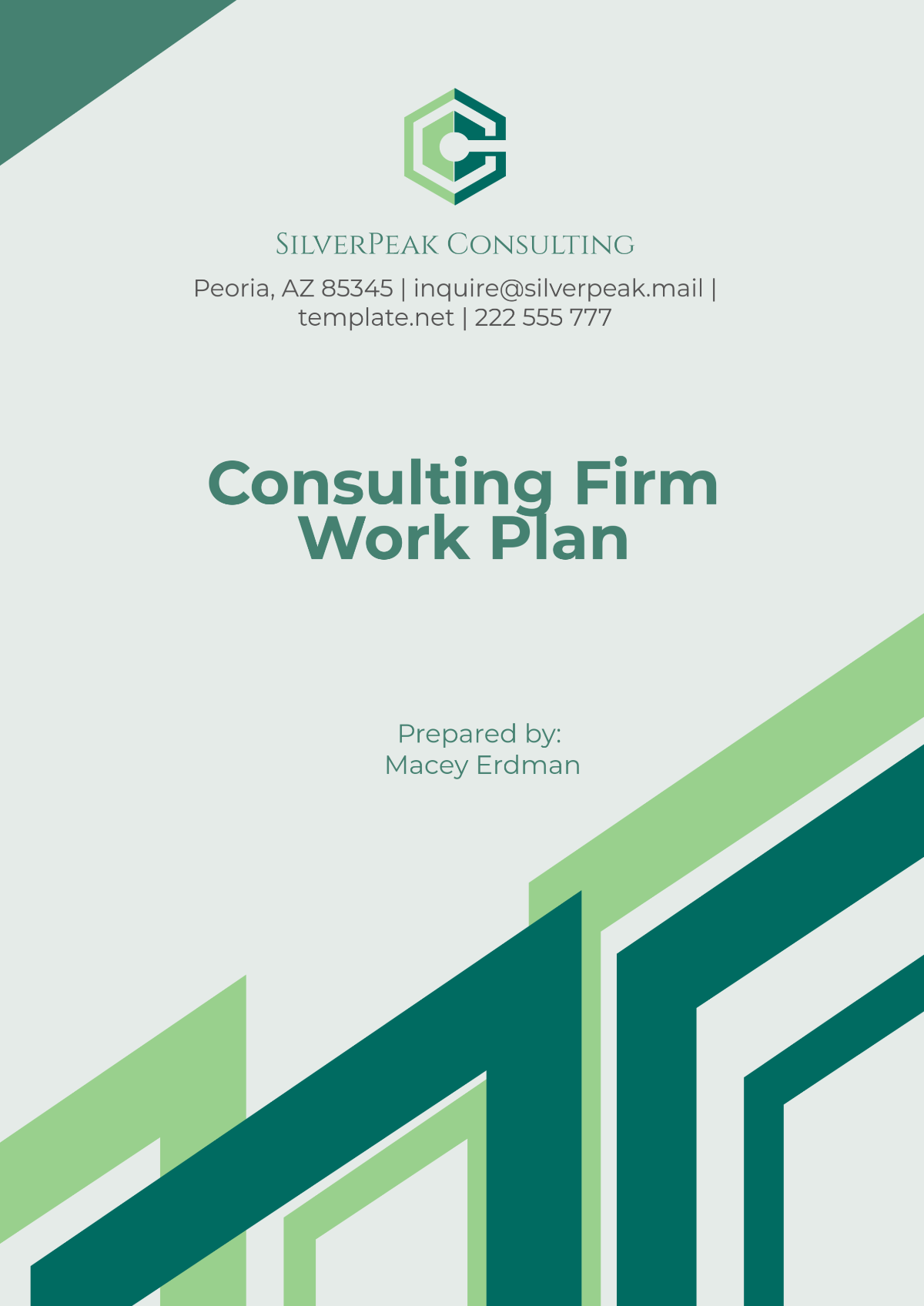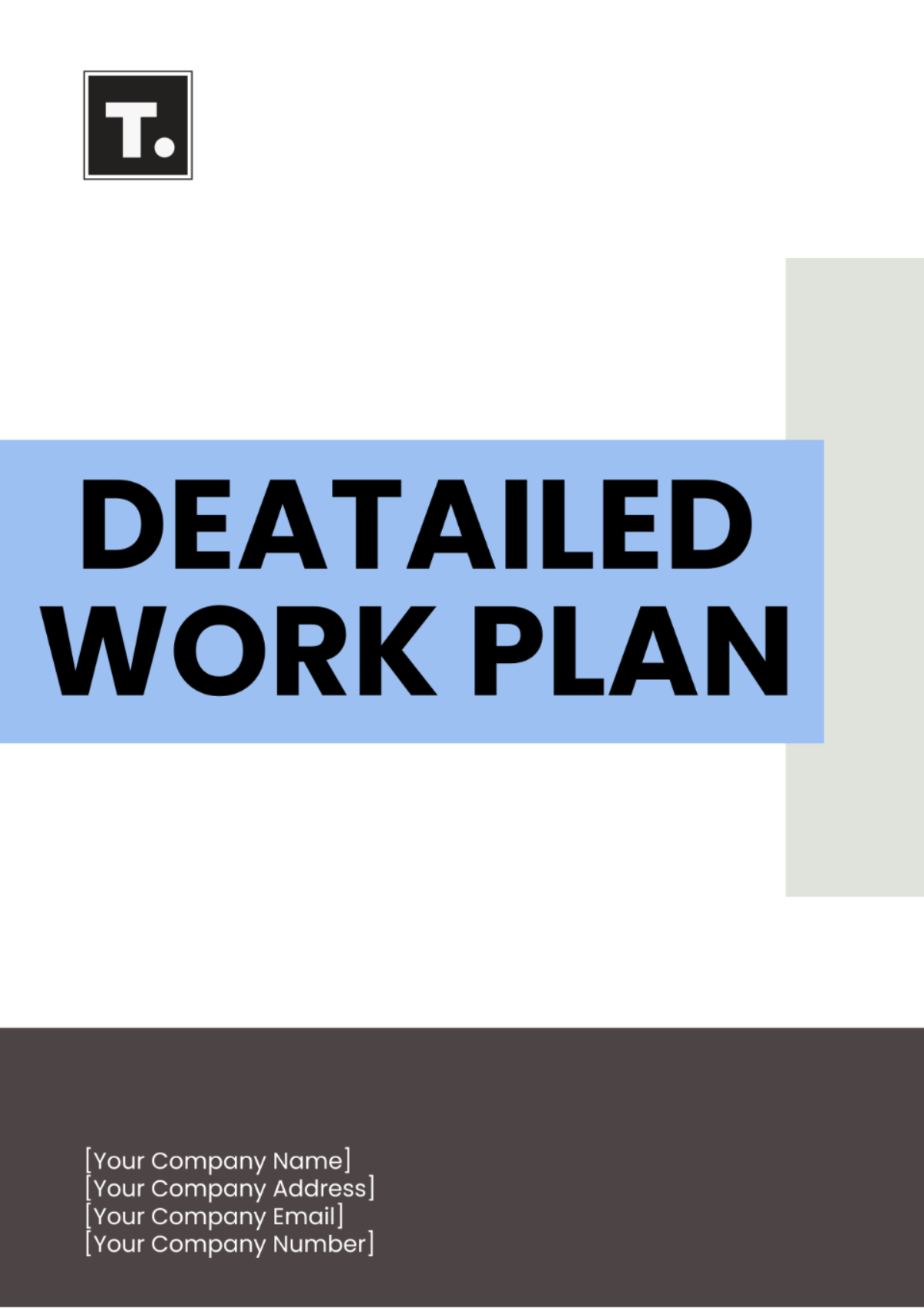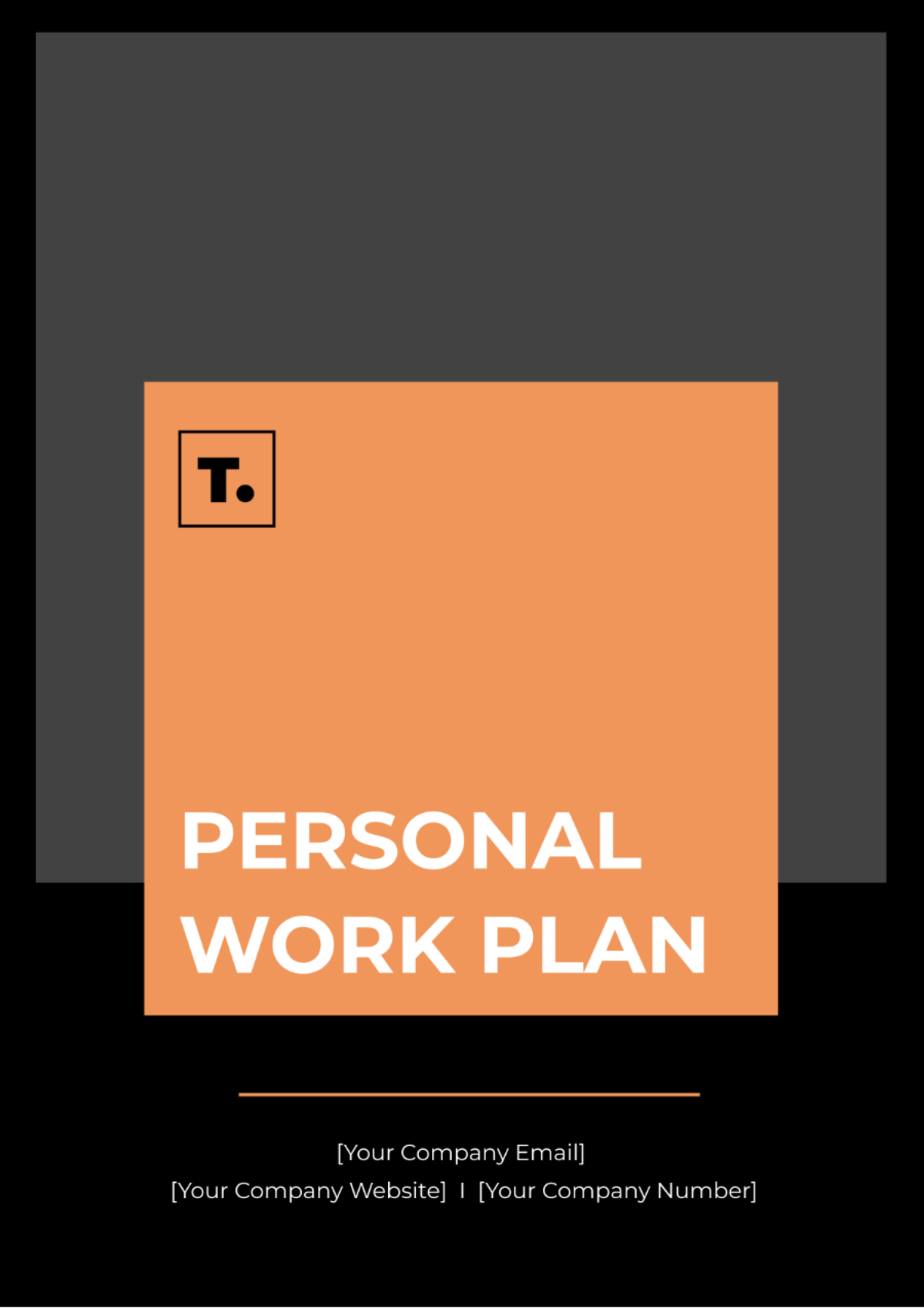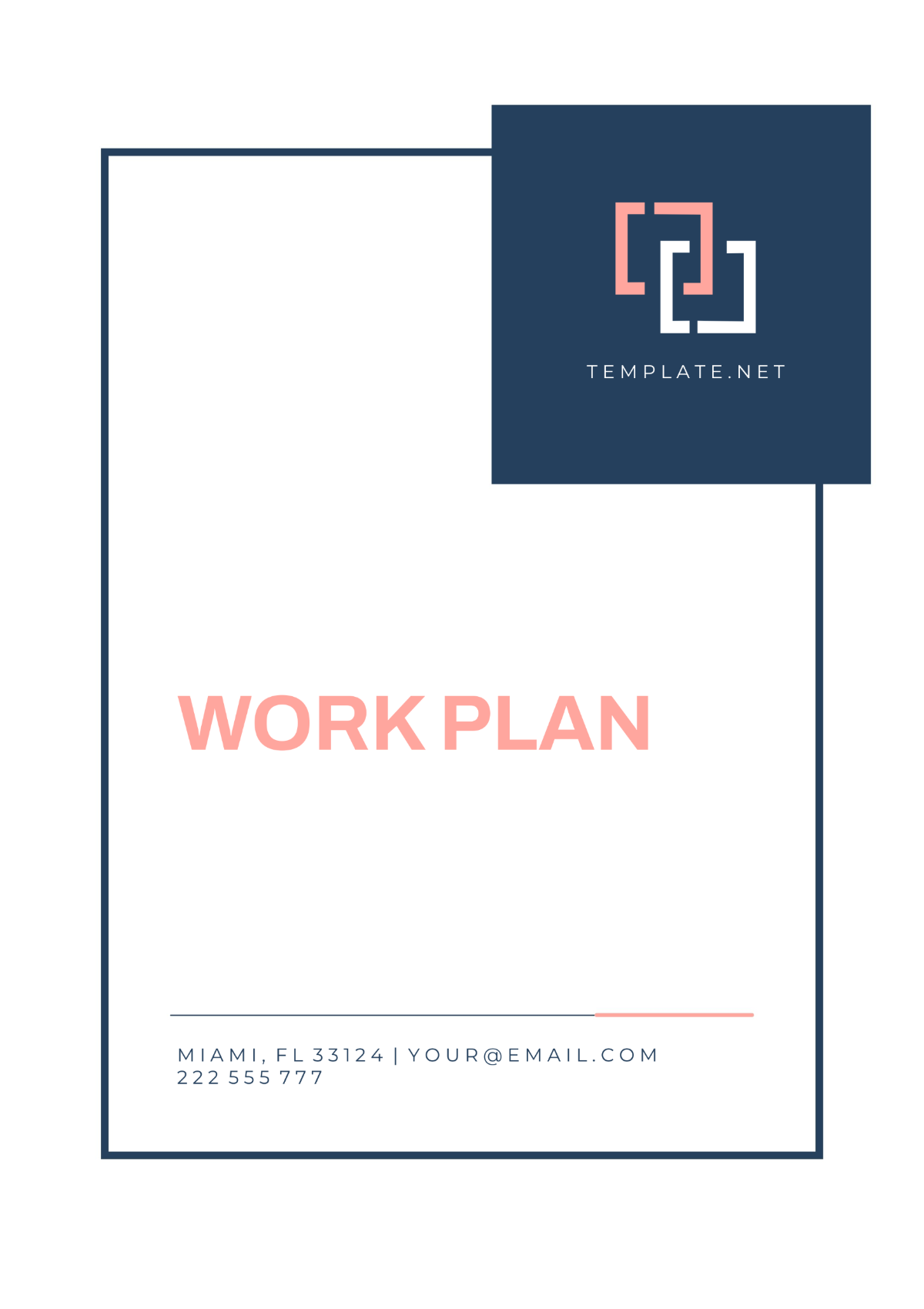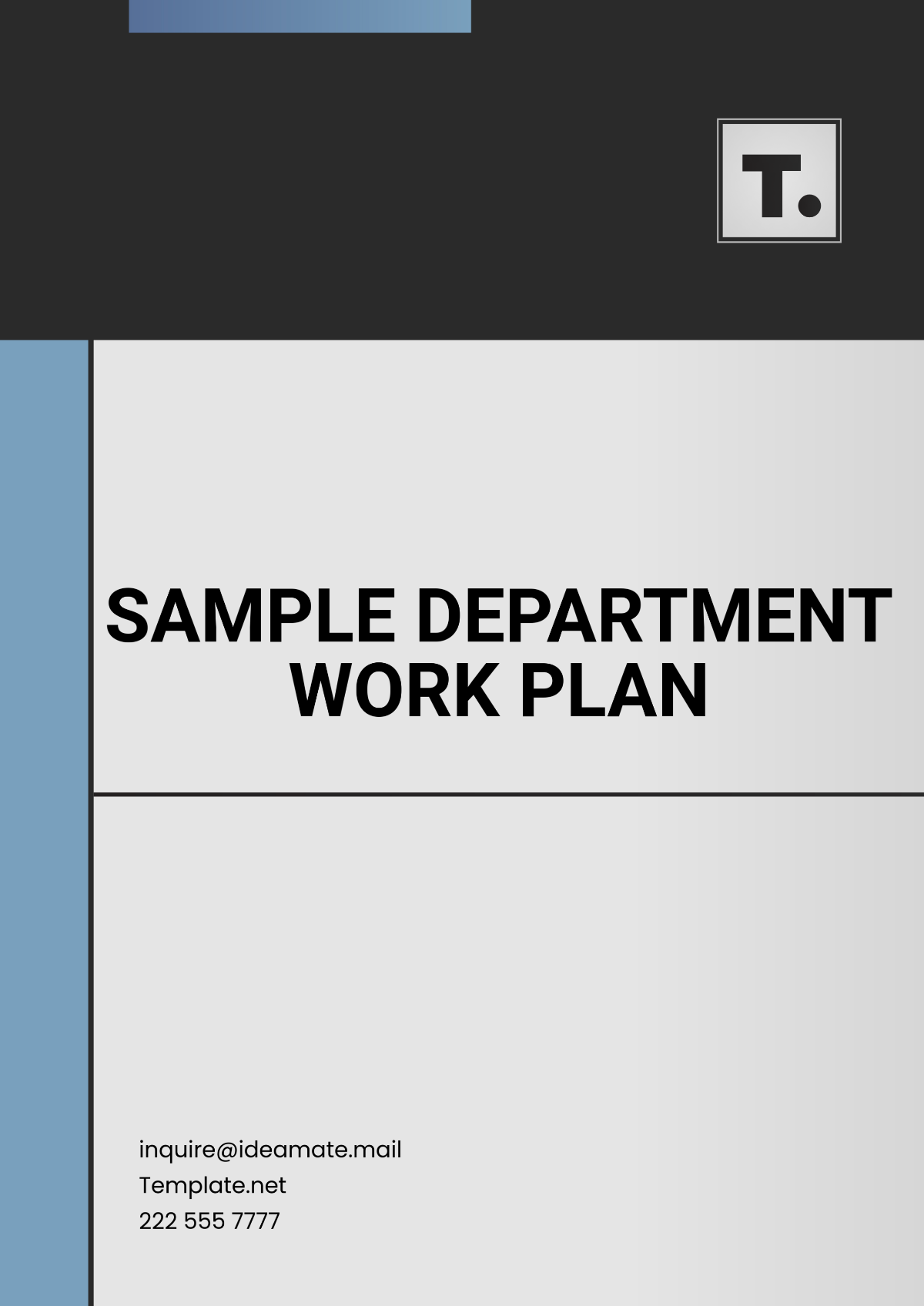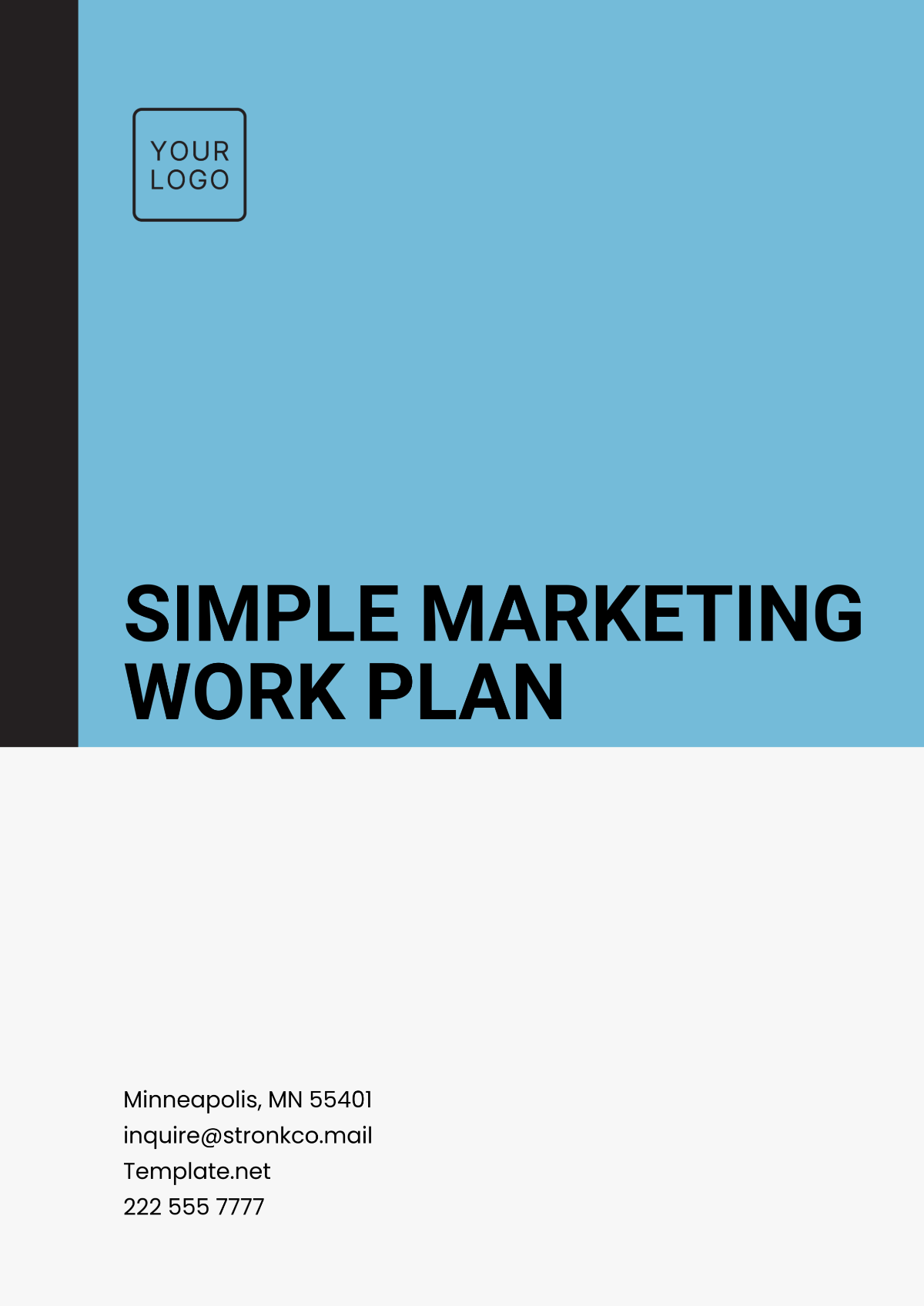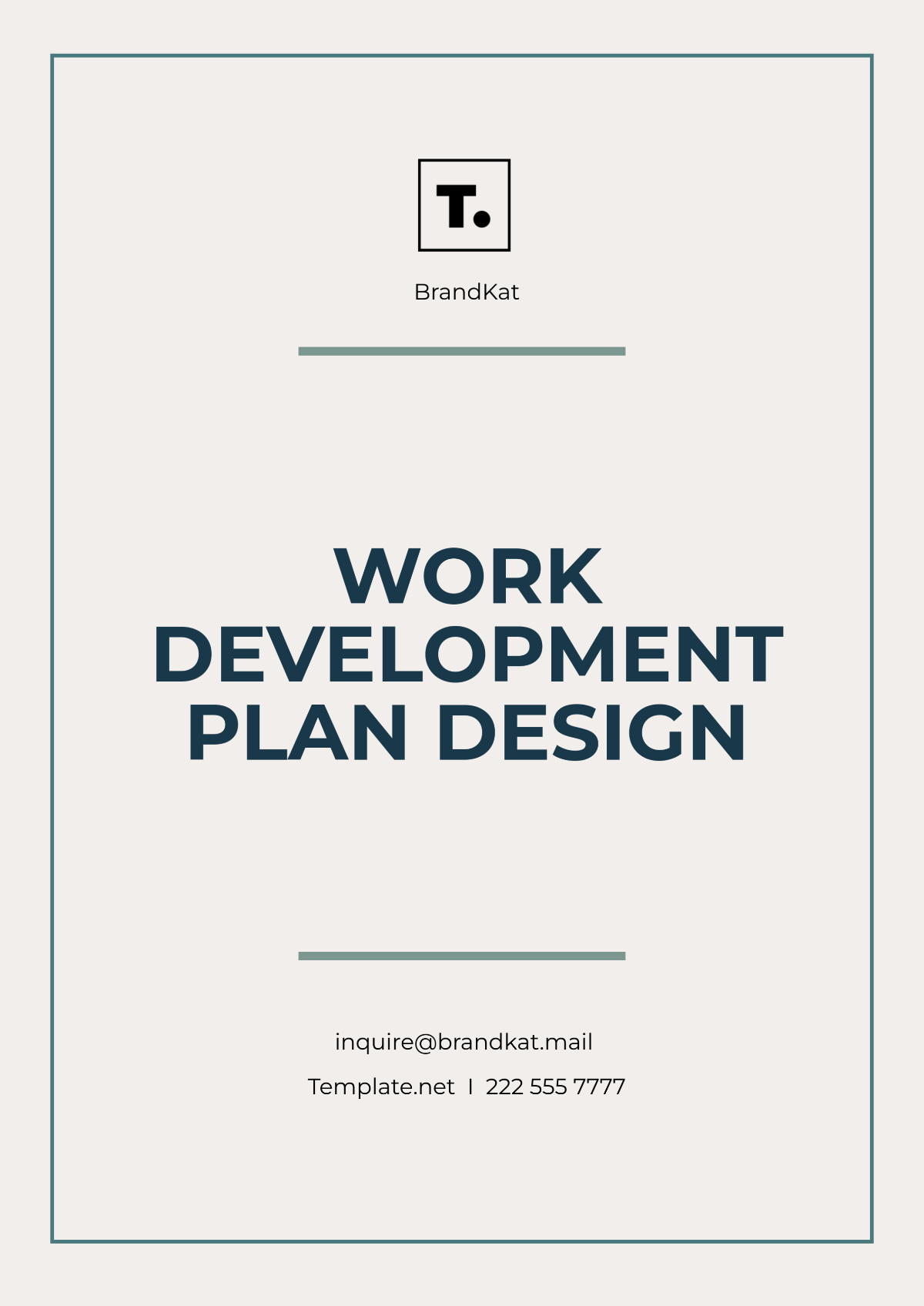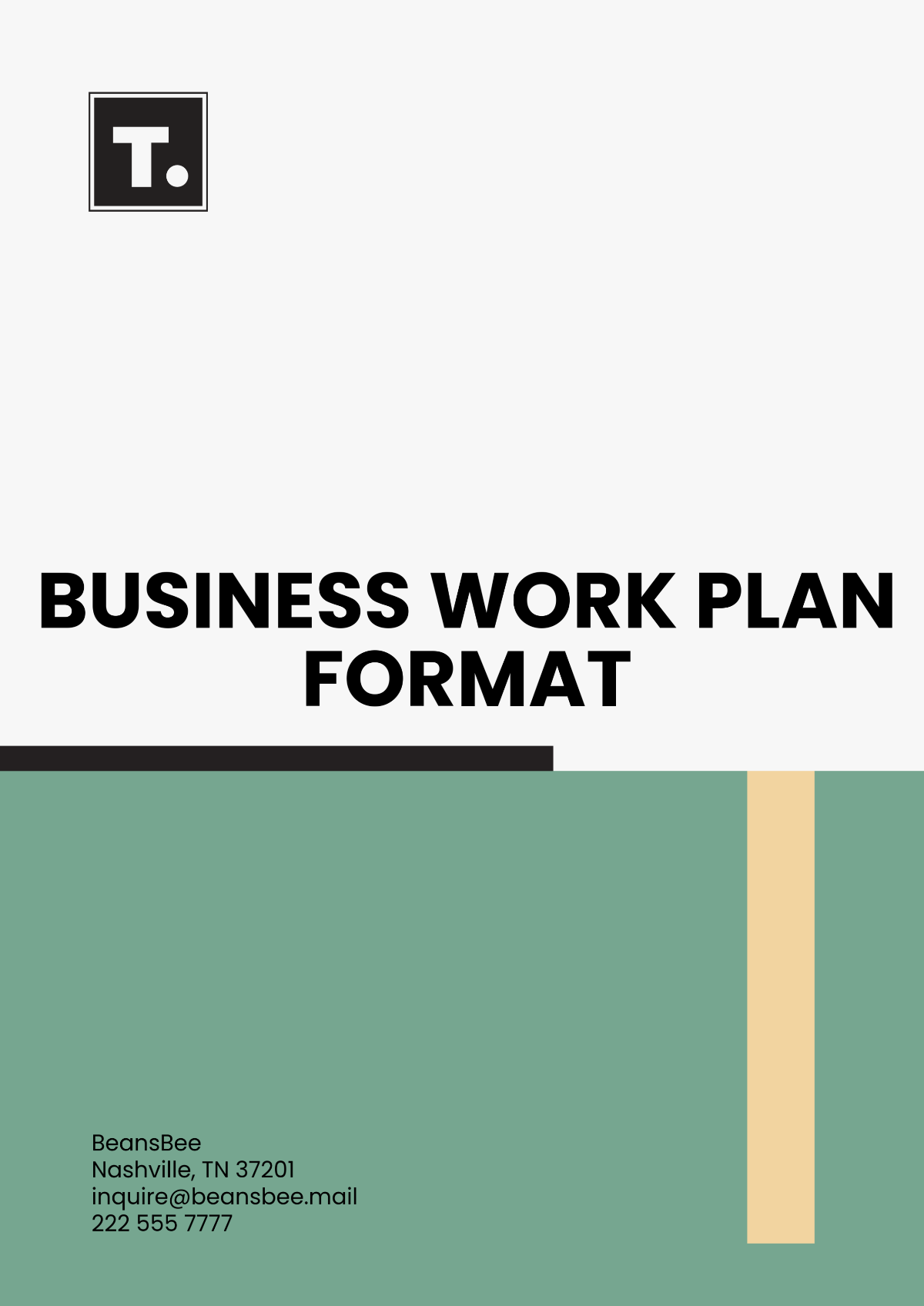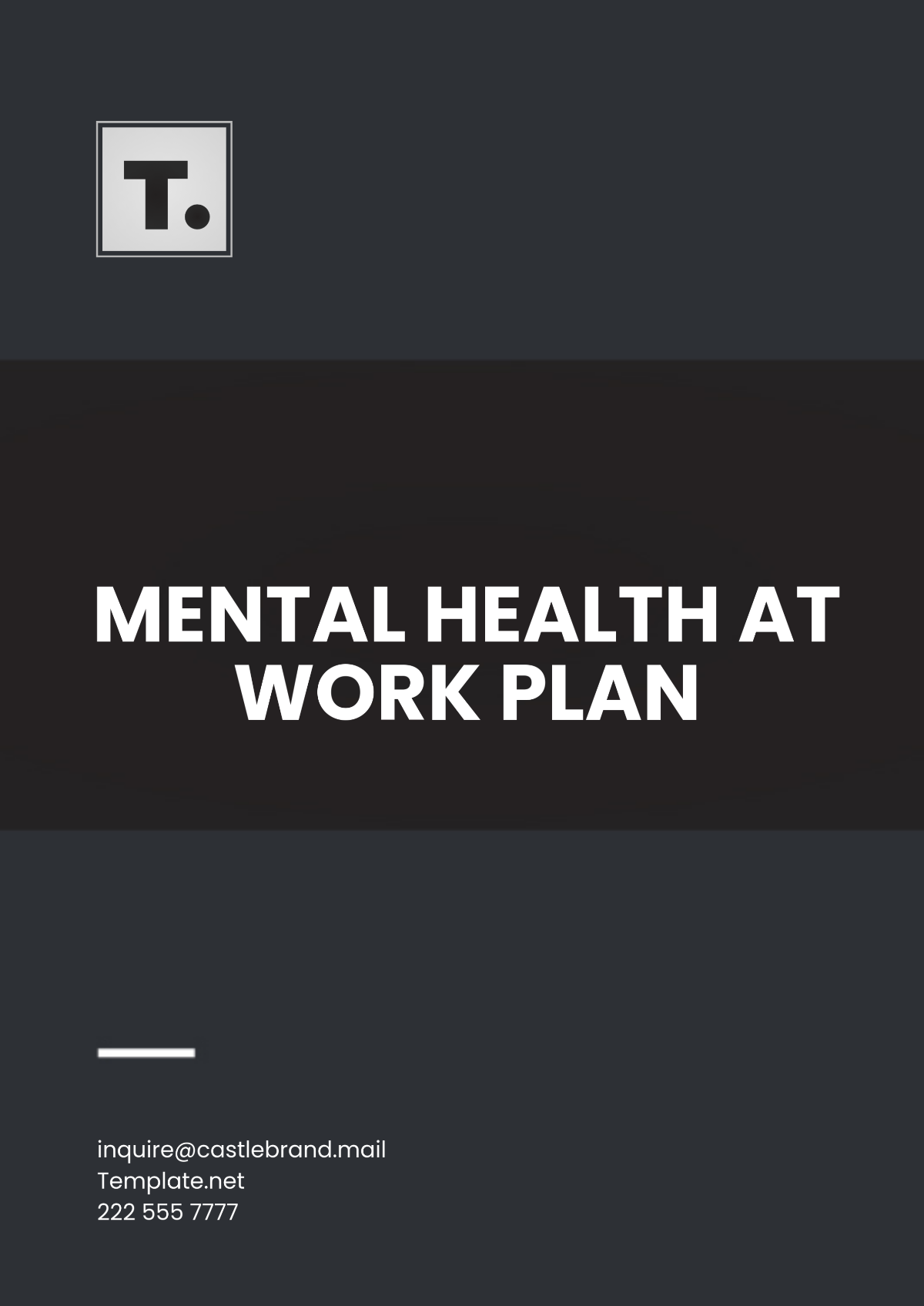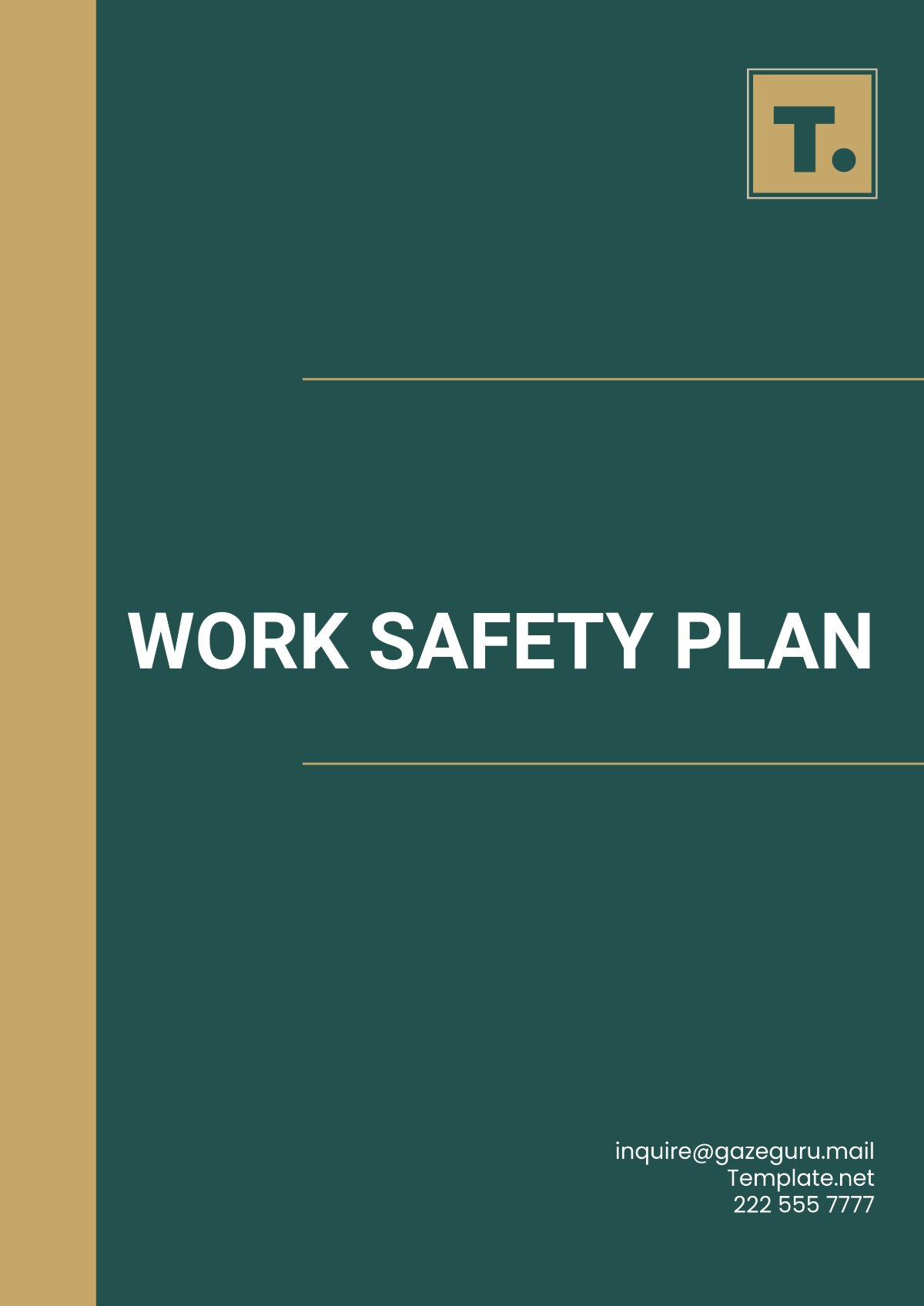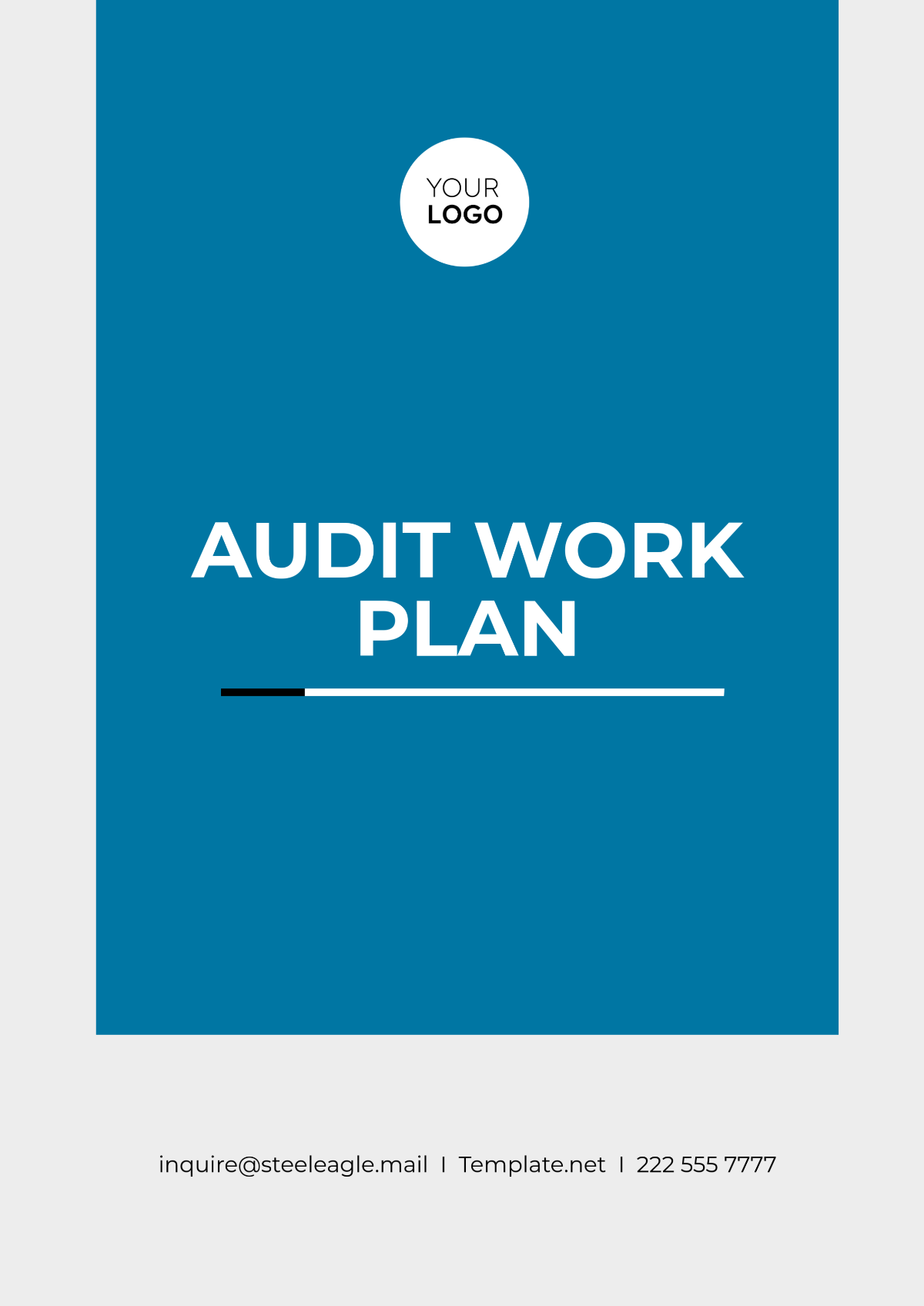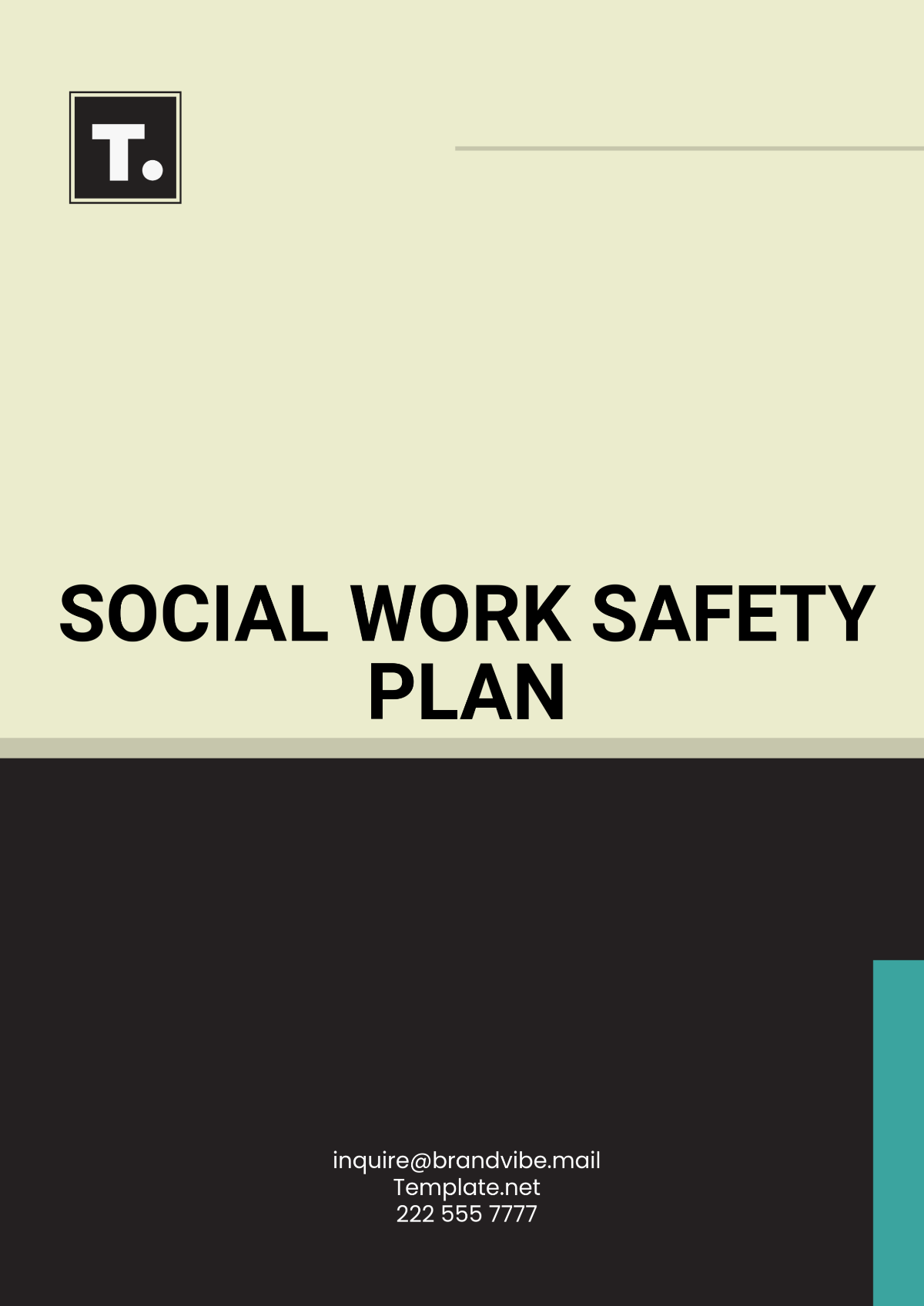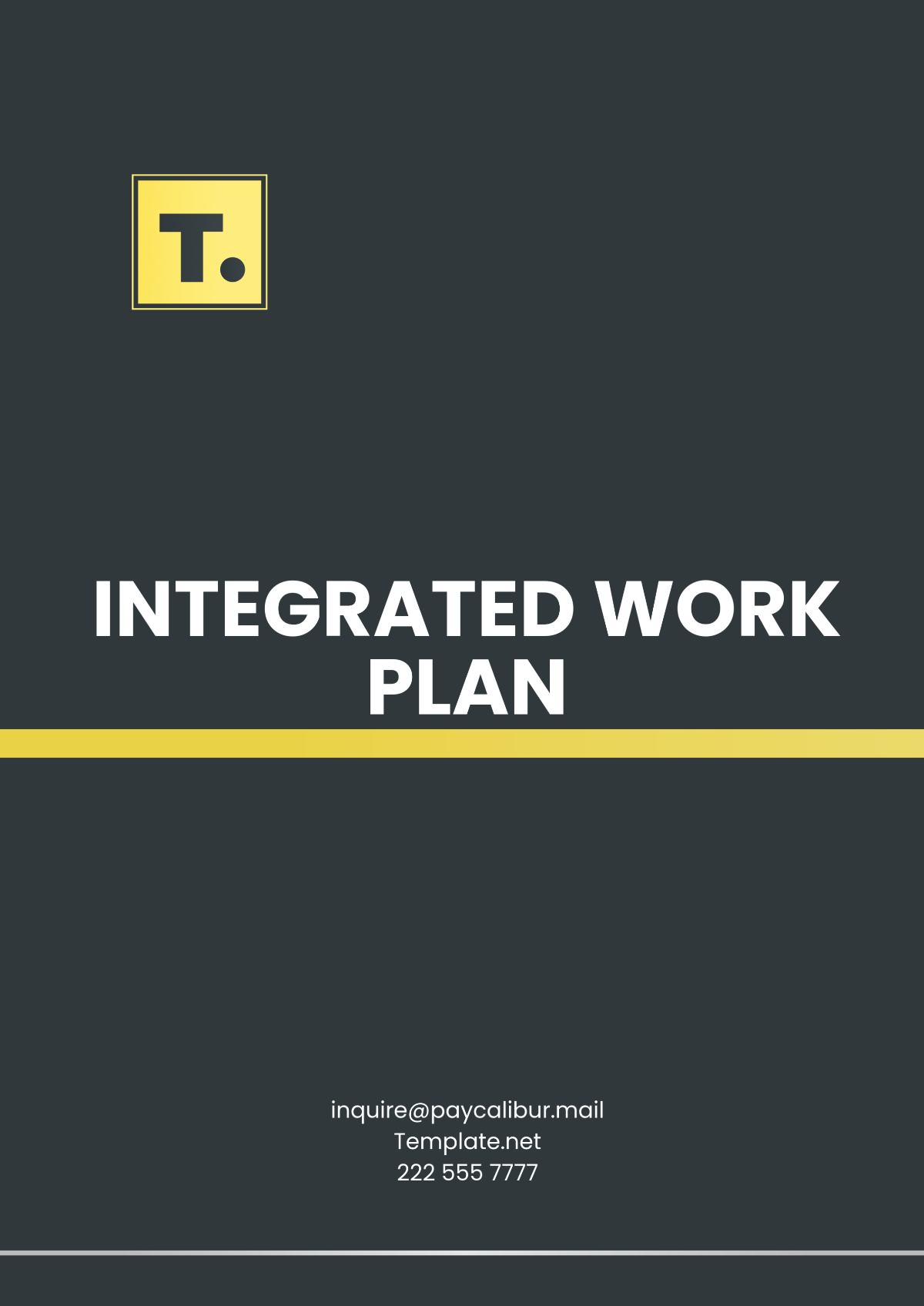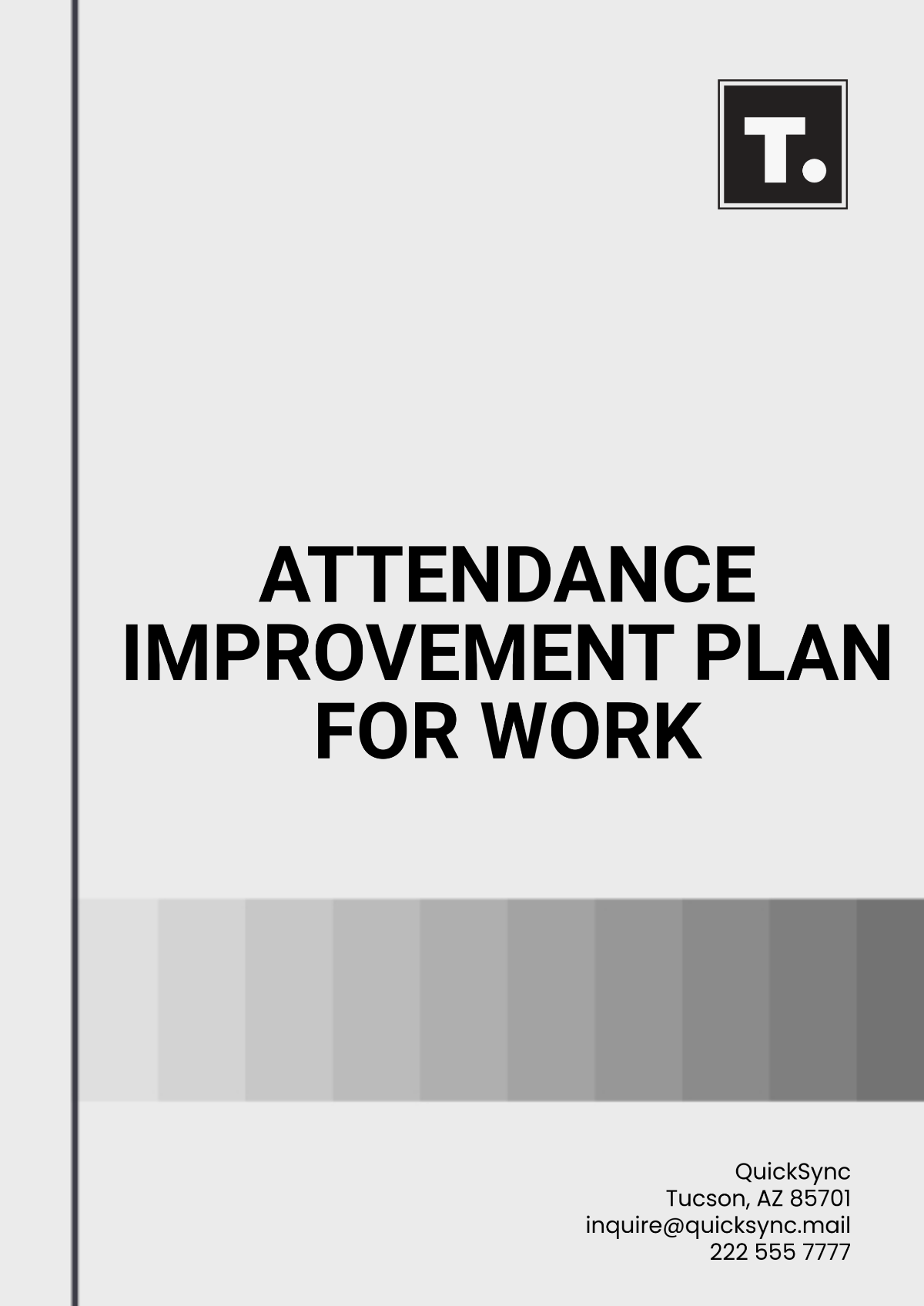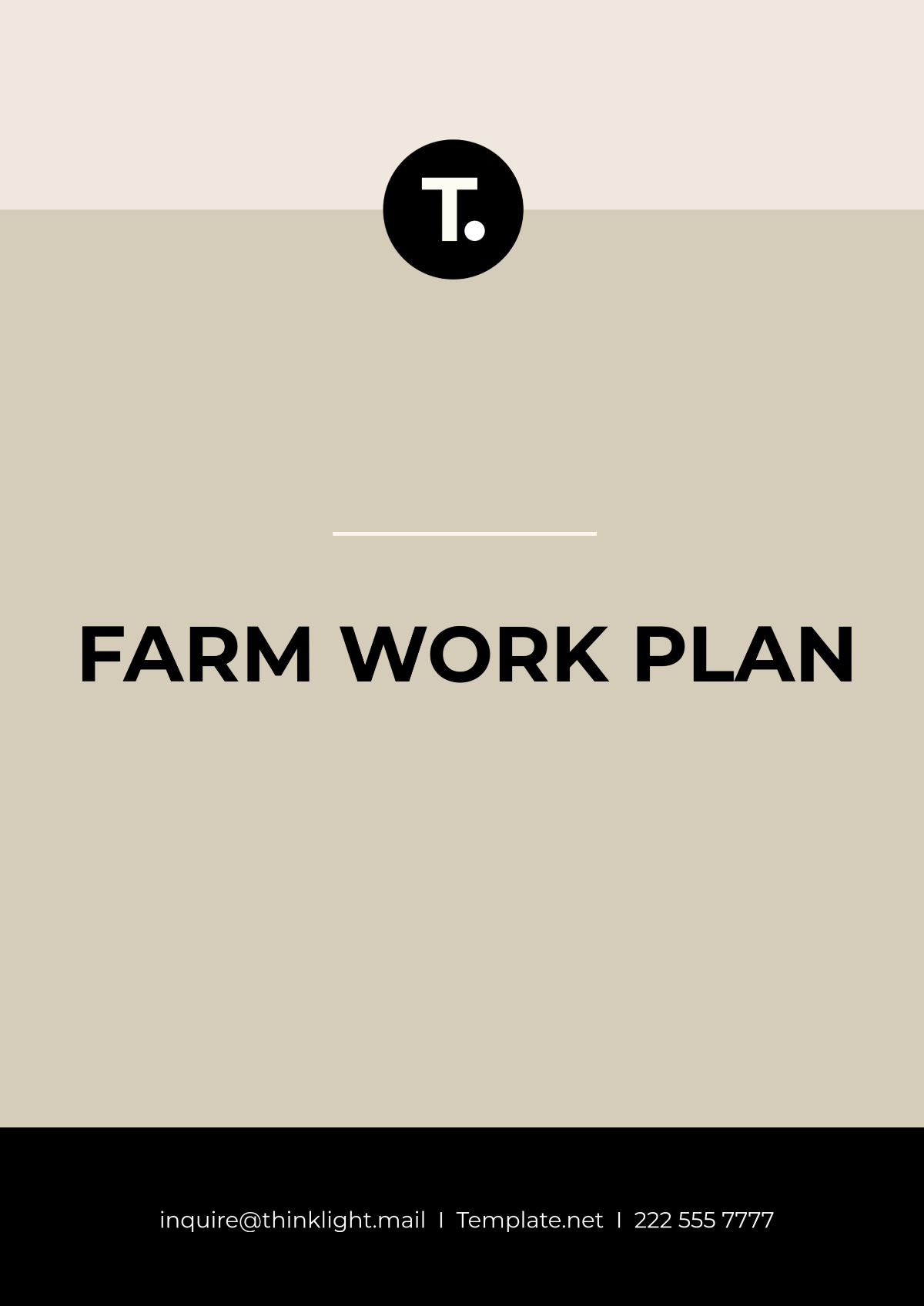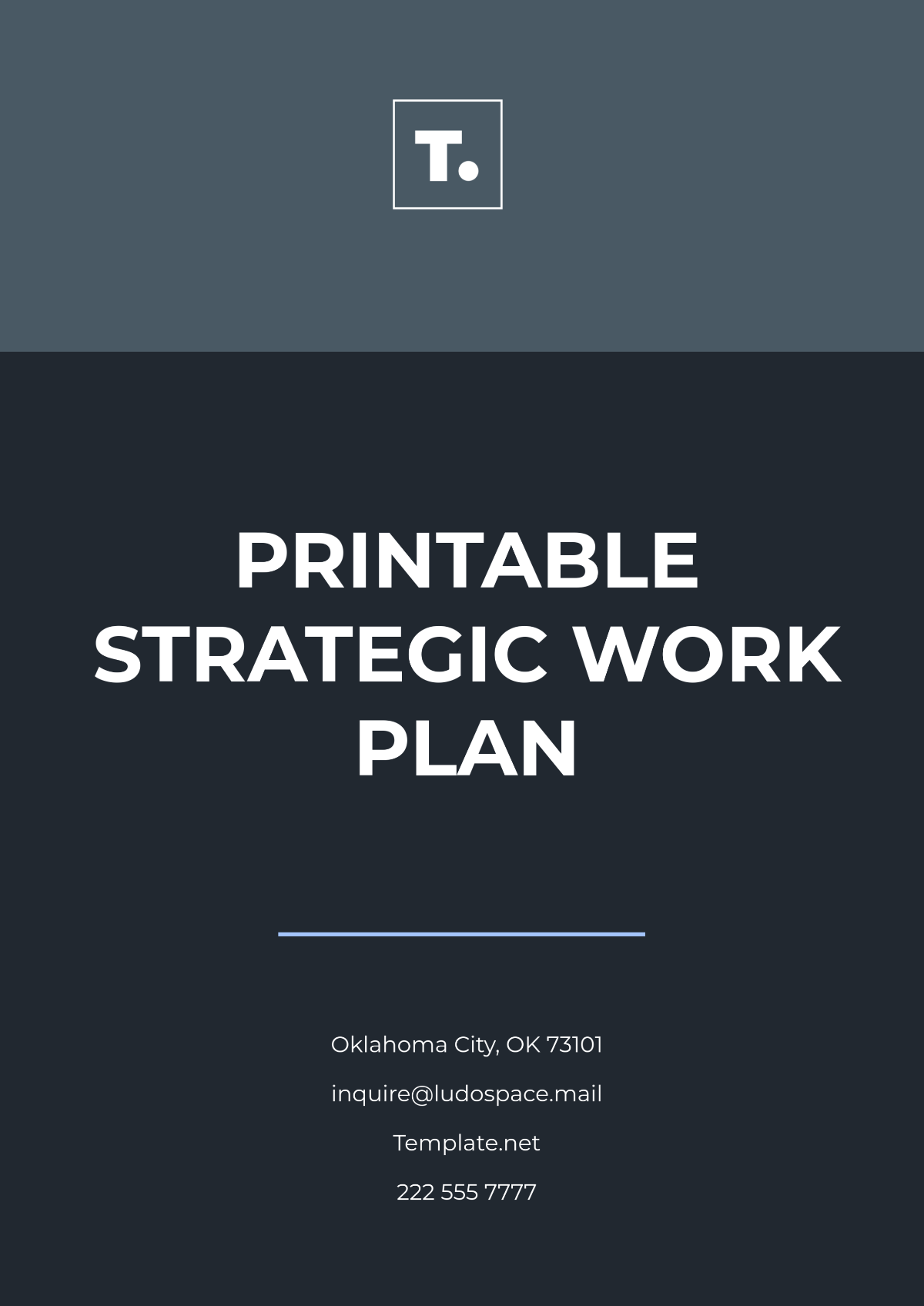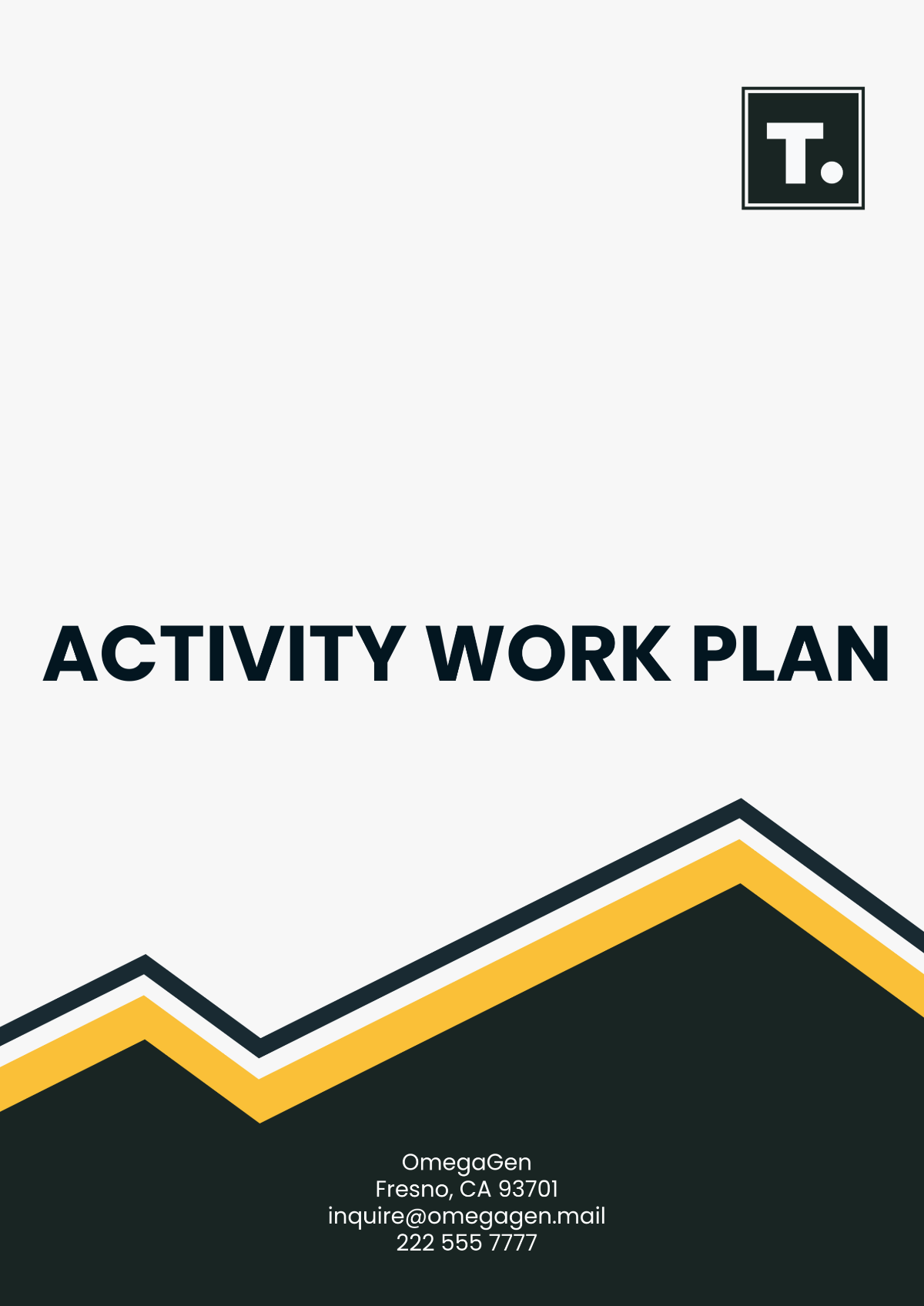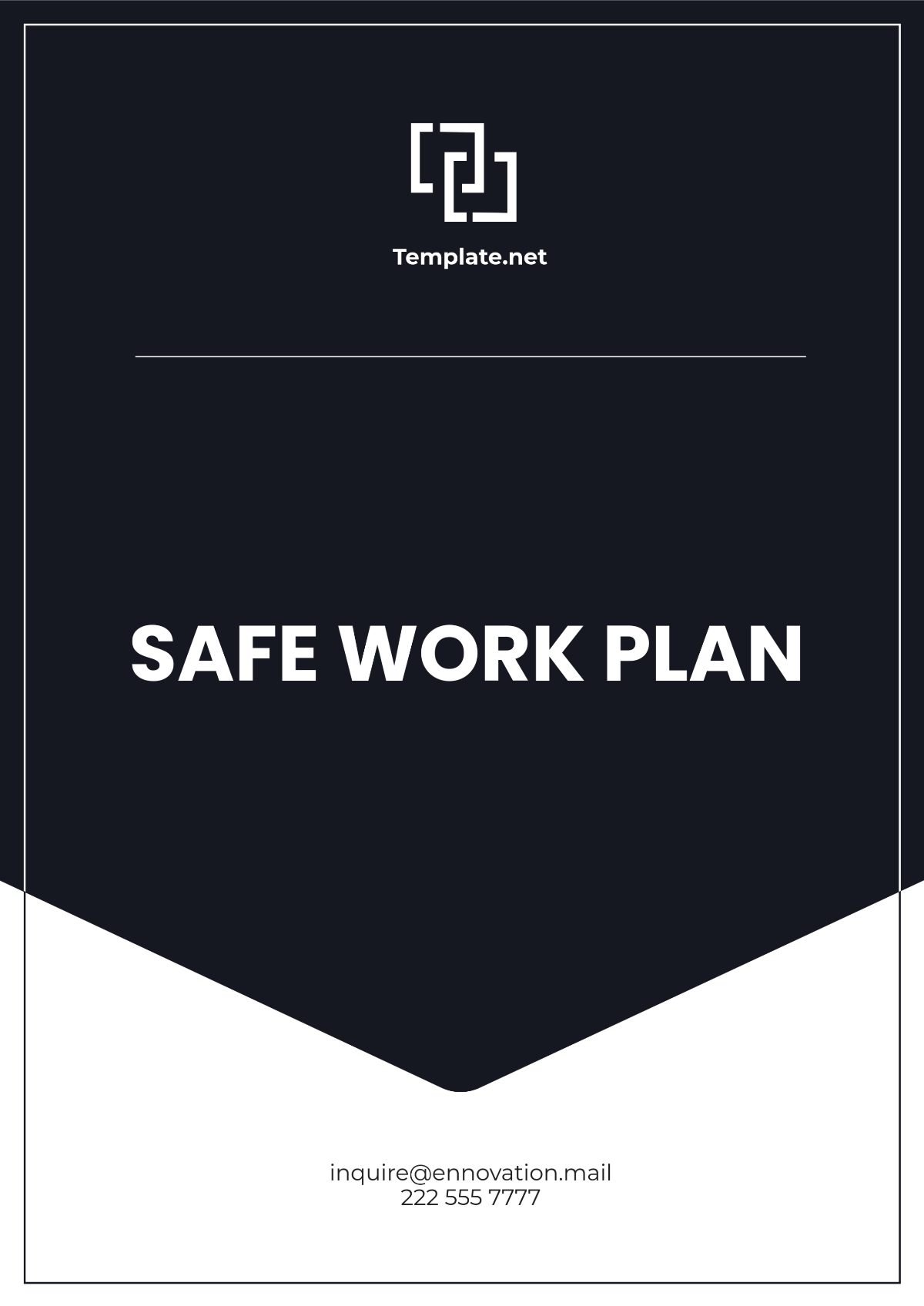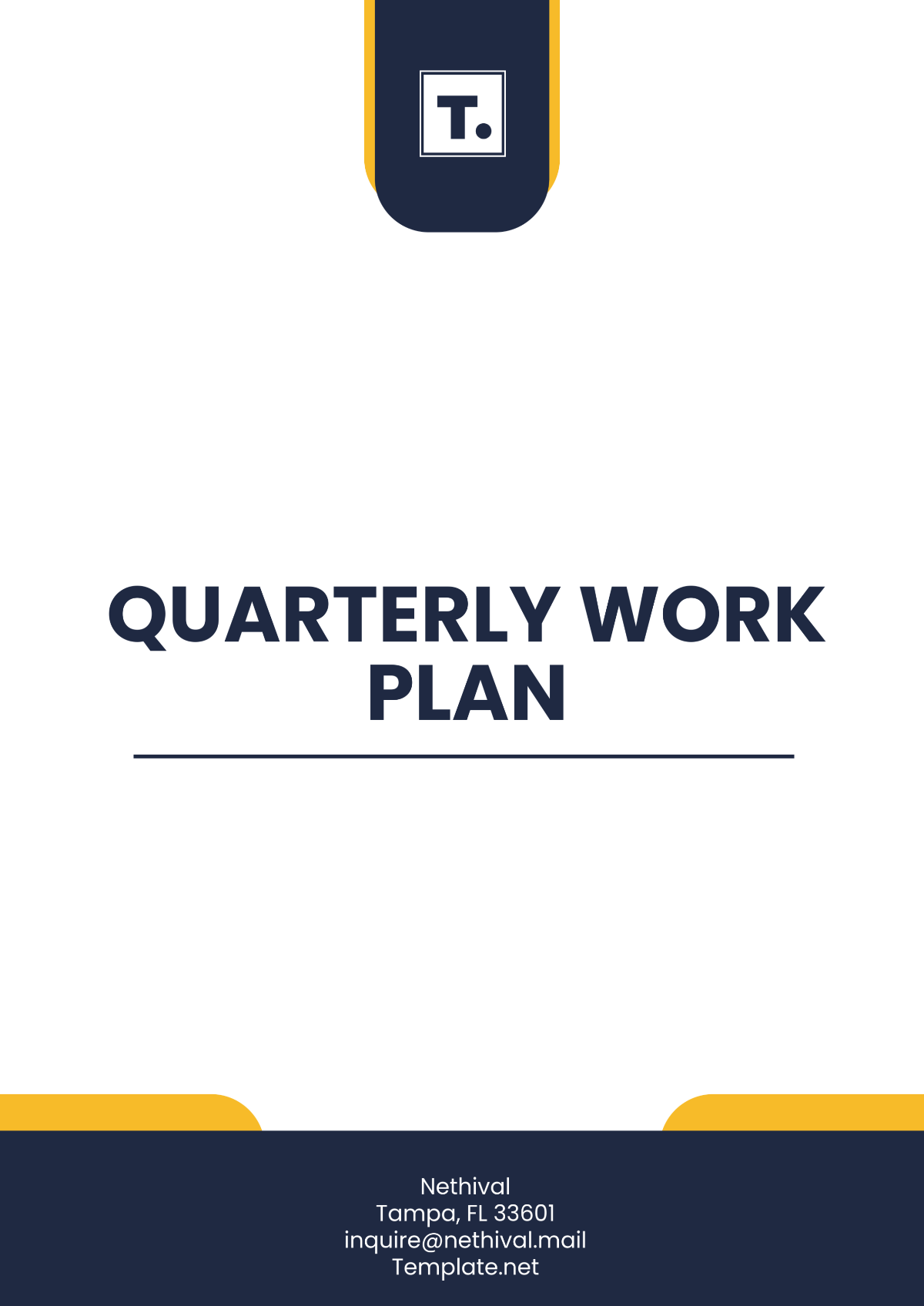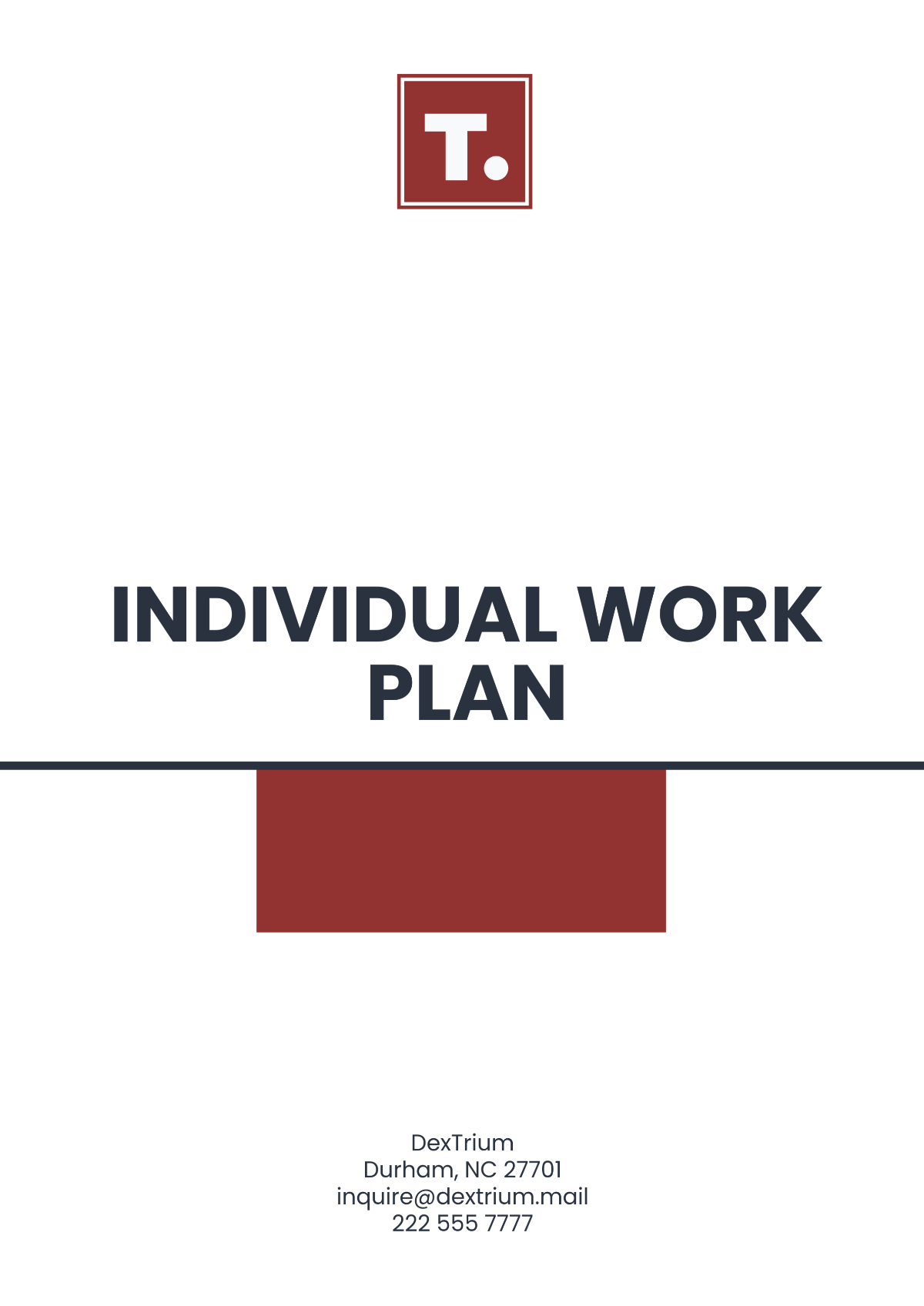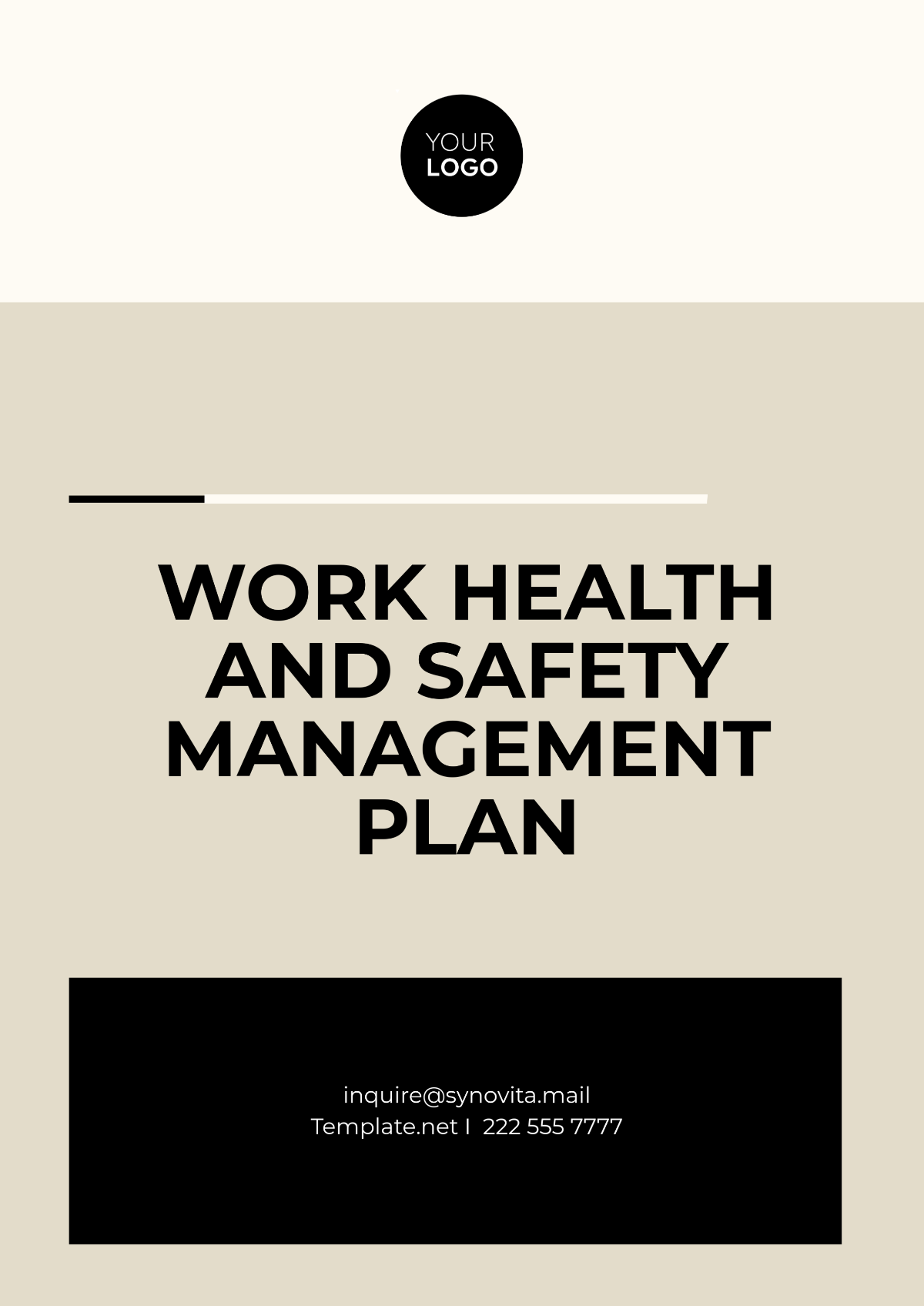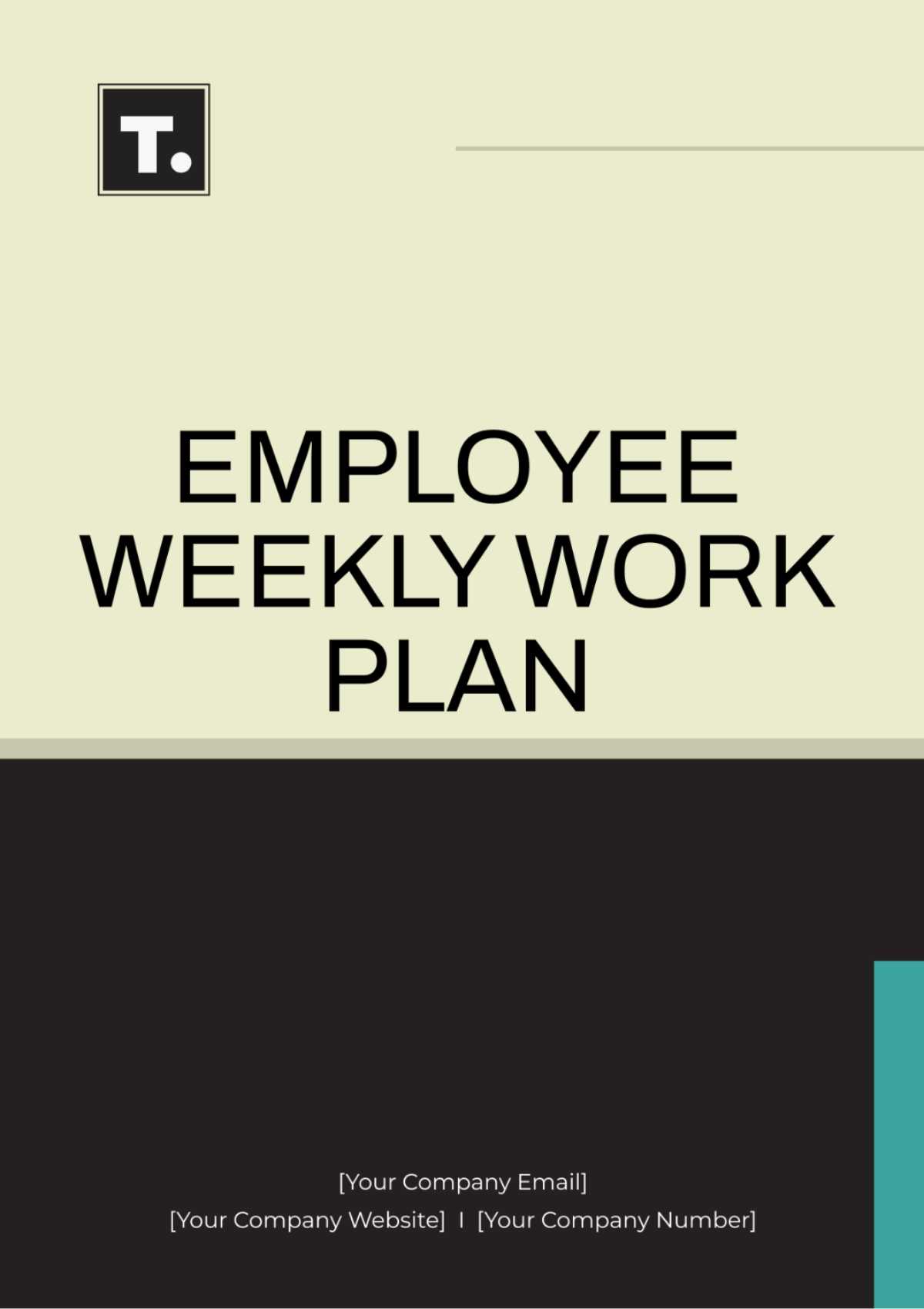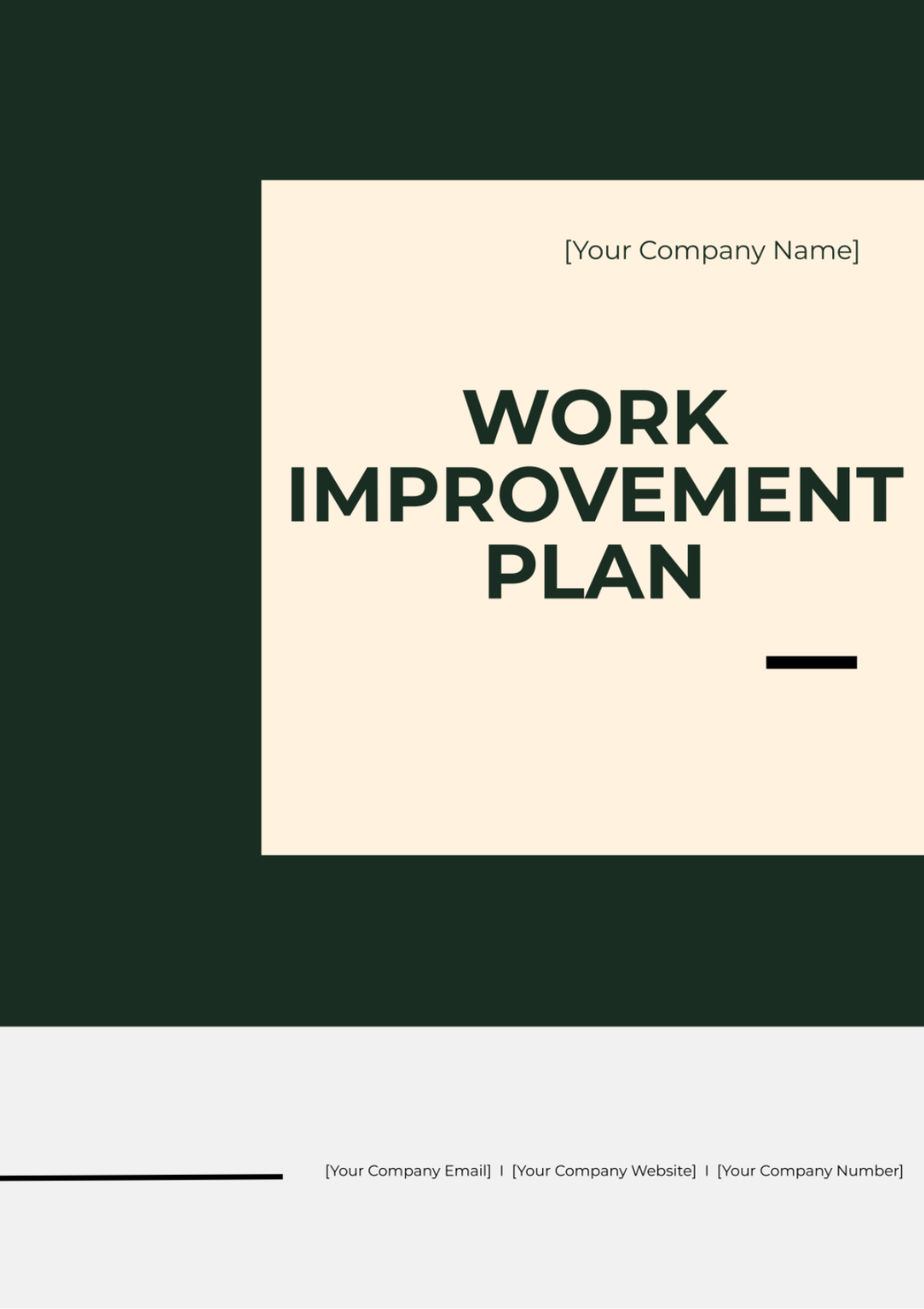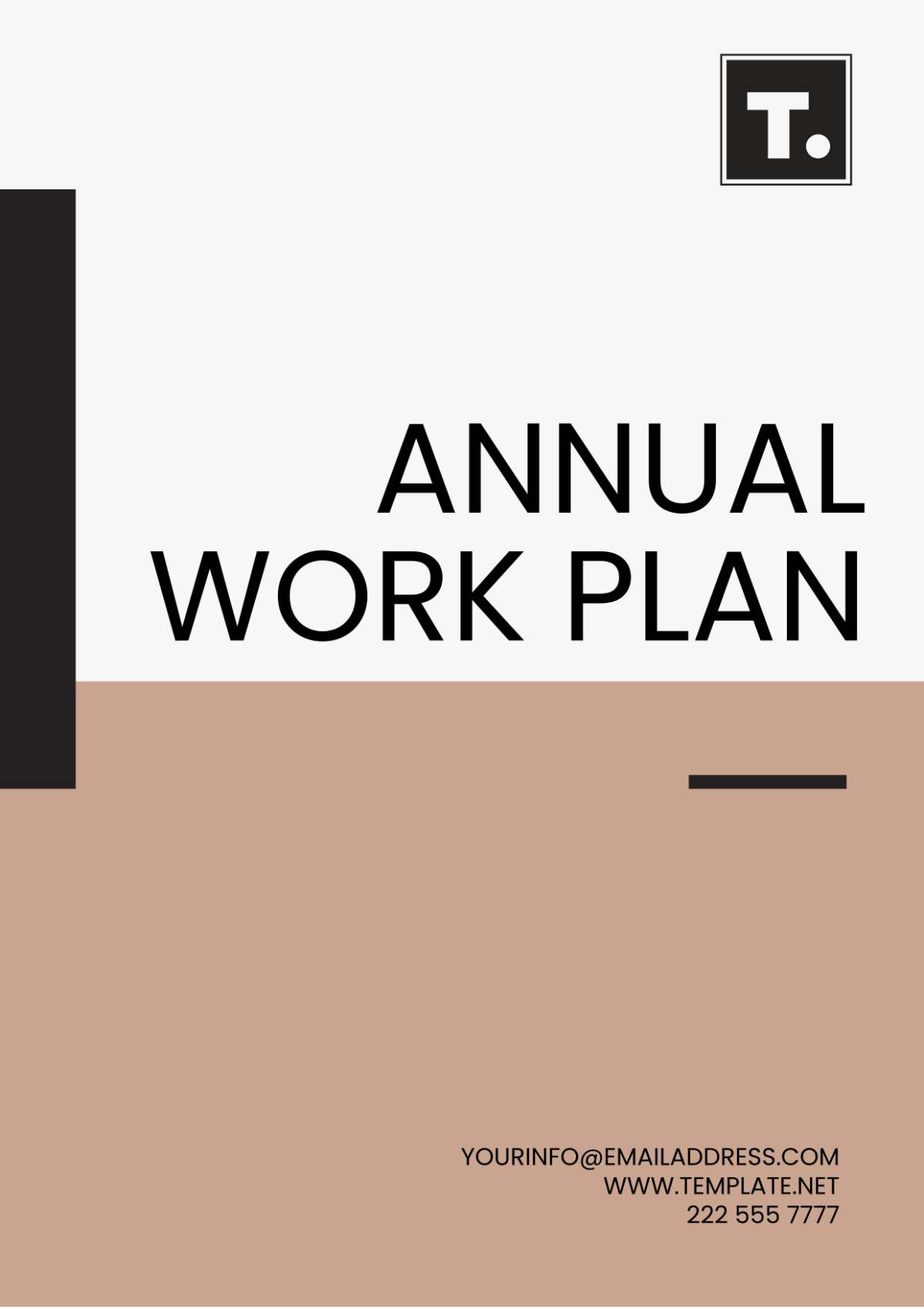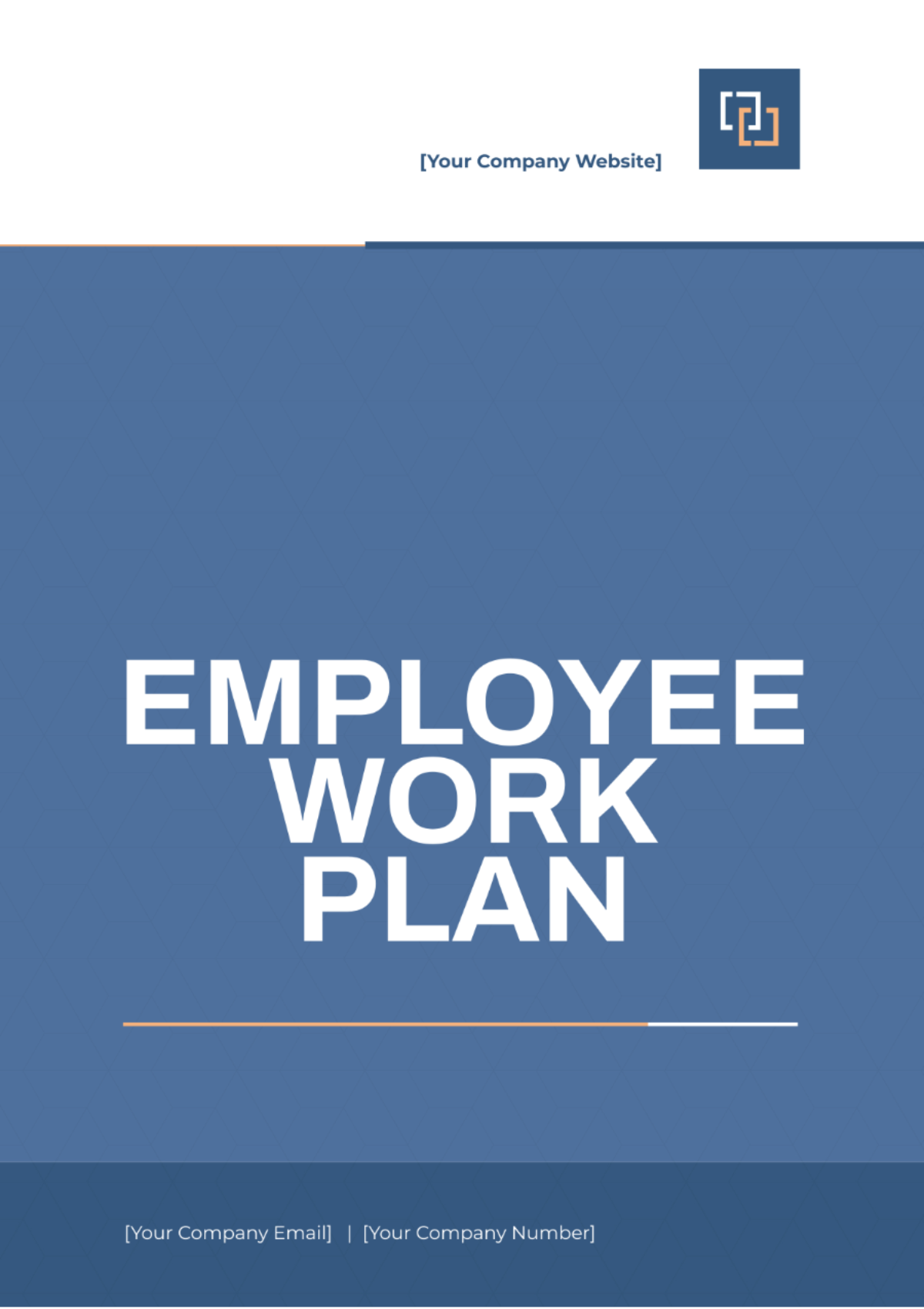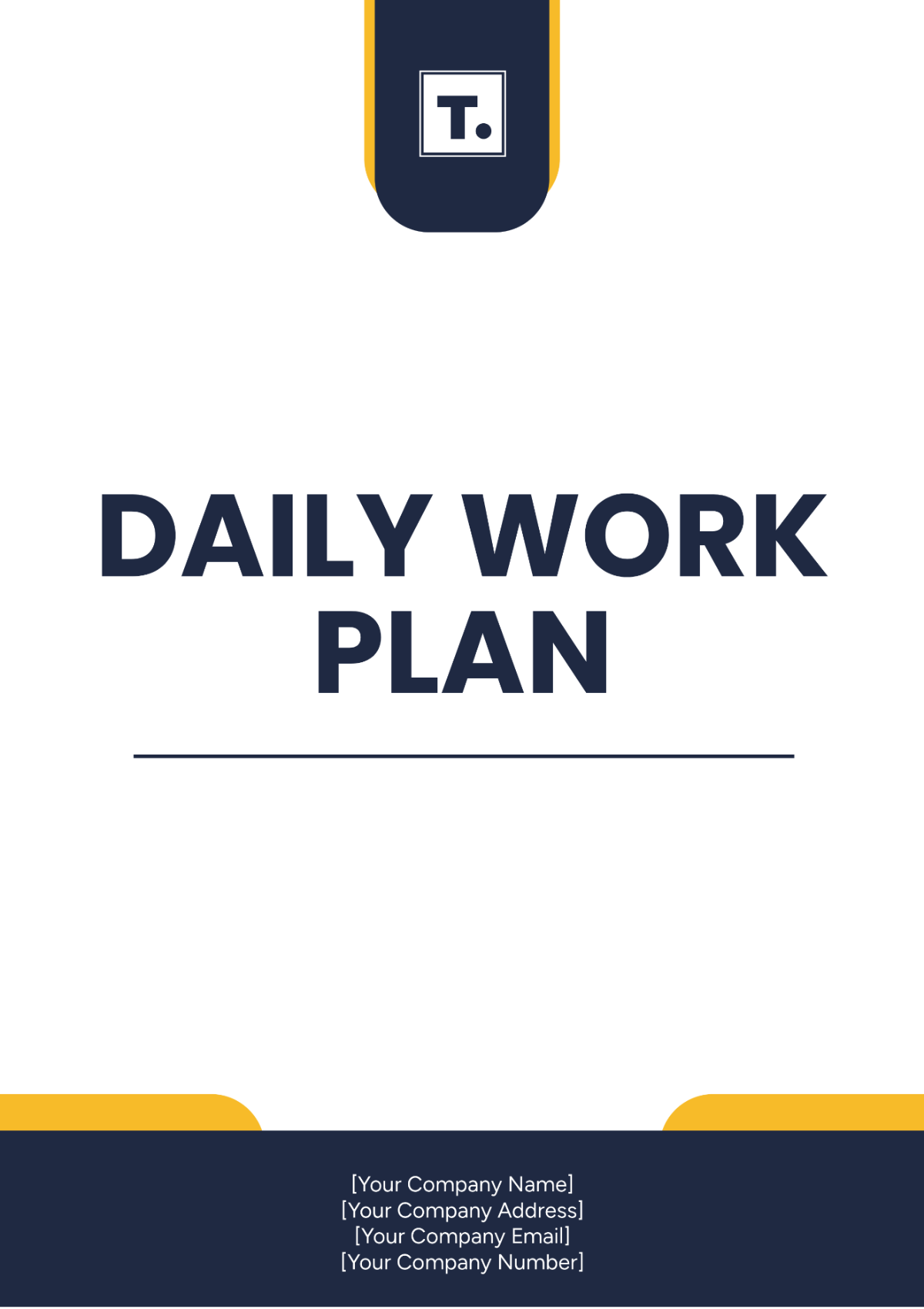Work Coverage Plan
Prepared By: [Your Name]
Position [Your Position]
Company: [Your Company Name]
I. Introduction
This section provides an overview of the project, including its objectives, scope, and key stakeholders.
Objectives
Create and apply digital solutions to improve customer experience at all touchpoints, targeting a 20% rise in customer satisfaction in the first year.
Streamline internal processes to improve operational efficiency and agility, targeting a 15% reduction in average handling time for customer inquiries.
Increase customer satisfaction and loyalty through personalized interactions and innovative services, to achieve a Net Promoter Score (NPS) of 40 or higher.
Scope
The project aims to enhance usability, responsiveness, and functionality by redesigning the company’s website, mobile app, and CRM system.
It involves using AI and ML to analyze customer data and offer personalized product and service recommendations.
The scope excludes major infrastructure changes and backend system overhauls to minimize disruption to existing operations.
Key Stakeholders
Executive Leadership: Provide strategic direction and support for the digital transformation initiative, ensuring alignment with organizational goals and priorities.
IT Department: Responsible for implementing technical solutions and ensuring system compatibility with existing infrastructure.
Marketing Team: Collaborate on customer engagement strategies and content creation to drive traffic and conversion rates on digital platforms.
Customer Service Representatives: Provide insights into customer pain points and feedback on proposed enhancements, ensuring that solutions meet user needs and expectations.
II. Work Breakdown Structure (WBS)
This section breaks down the project into manageable tasks and subtasks, organized hierarchically.
Phase 1: Initiation
Task 1.1: Develop a Project Charter outlining project objectives, scope, and stakeholders, and obtain approval from executive leadership.
Task 1.2: Identify key stakeholders and conduct stakeholder analysis to understand their interests, influence, and communication preferences.
Task 1.3: Facilitate project kickoff meeting to align team members and establish project goals, roles, and responsibilities.
Phase 2: Planning
Task 2.1: Define the scope of website redesign, mobile app enhancements, and CRM system integration through workshops and requirements-gathering sessions with stakeholders.
Task 2.2: Create a detailed Work Coverage Plan to guide project execution, including tasks, milestones, deliverables, and resource requirements (This Document).
Task 2.3: Conduct resource planning to allocate personnel and budget for project activities, considering skill sets, availability, and cost constraints.
Phase 3: Execution
Task 3.1: Assign roles and responsibilities to project team members based on their expertise and availability, ensuring clear accountability for deliverables.
Task 3.2: Monitor the progress of development sprints using agile methodologies, holding daily stand-up meetings to identify any impediments and prioritize tasks.
Task 3.3: Conduct user testing and gather feedback from target audience segments to validate design assumptions and identify areas for improvement.
Phase 4: Monitoring & Controlling
Task 4.1: Identify potential risks to the project timeline and budget through regular risk assessments and stakeholder consultations.
Task 4.2: Track project milestones and key performance indicators (KPIs) using project management software, analyzing variances and taking corrective actions as necessary.
Task 4.3: Implement a change control process to manage scope changes and ensure alignment with project objectives, documenting all changes and obtaining approvals from relevant stakeholders.
Phase 5: Closure
Task 5.1: Obtain sign-off on project deliverables from stakeholders, ensuring that all acceptance criteria are met and any outstanding issues are addressed.
Task 5.2: Document lessons learned and best practices for future projects, conducting post-mortem meetings to review project performance and identify areas for improvement.
Task 5.3: Conduct project closure meetings to celebrate successes and recognize team members' contributions, communicating project outcomes and next steps to relevant stakeholders.
III. Schedule
This section outlines the timeline for project activities, including milestones and dependencies.
Milestones
Milestones | Details |
|---|---|
Milestone 1 | Project Kickoff Meeting (May 15, 2050) |
Milestone 2 | Completion of Design Phase (June 10, 2050), including wireframes, prototypes, and user interface (UI) designs for a website, mobile app, and CRM system. |
Milestone 3 | Launch of Beta Version for User Testing (July 1, 2050), with limited functionality and features to gather feedback from early adopters. |
Milestone 4 | Full Deployment and Integration (August 15, 2050), including rollout of finalized versions of a website, mobile app, and CRM system to all users. |
Dependencies:
Task/Phase
Dependency
Details
Task 2.2 (Work Coverage Plan Creation)
Completion of Task 1.2 (Stakeholder Analysis)
The stakeholder analysis is essential to ensure alignment with stakeholder expectations and requirements.
Phase 3 (Development)
Completion of Design Phase in Milestone 2
The design specifications from Milestone 2 are critical inputs for the development activities in Phase 3.
IV. Resource Allocation
This section details the allocation of resources required to complete project tasks.
1. Human Resources
Project Manager: [Your Name] (full-time), responsible for overall project planning, execution, and monitoring.
UX/UI Designers: 2 designers (part-time), tasked with creating user-friendly and visually appealing designs for the website, mobile app, and CRM system.
Developers: 4 developers (full-time), responsible for coding, testing, and deploying software solutions following design specifications.
Quality Assurance Analysts: 2 analysts (part-time), conducting thorough testing and validation of software applications to ensure functionality, usability, and performance.
Material Resources
Cloud hosting services for website and app deployment, ensuring scalability, reliability, and security of digital platforms.
Software licenses for development tools and CRM systems, providing access to necessary features and functionalities for project implementation.
V. Communication Plan
This section outlines the communication strategy for keeping stakeholders informed and engaged throughout the project lifecycle.
Stakeholder Communication
Weekly project status meetings with executive leadership, providing updates on project progress, issues, and risks, and seeking guidance on strategic decisions.
Bi-weekly progress updates sent to project stakeholders via email, summarizing key achievements, upcoming milestones, and action items.
Monthly town hall meetings to solicit feedback from employees and customers, fostering transparency, collaboration, and continuous improvement
VI. Approval
This plan is subject to approval by the Project Manager, and must be signed off by the end of the initial team meeting.

[Your Name]
[Date Signed]
